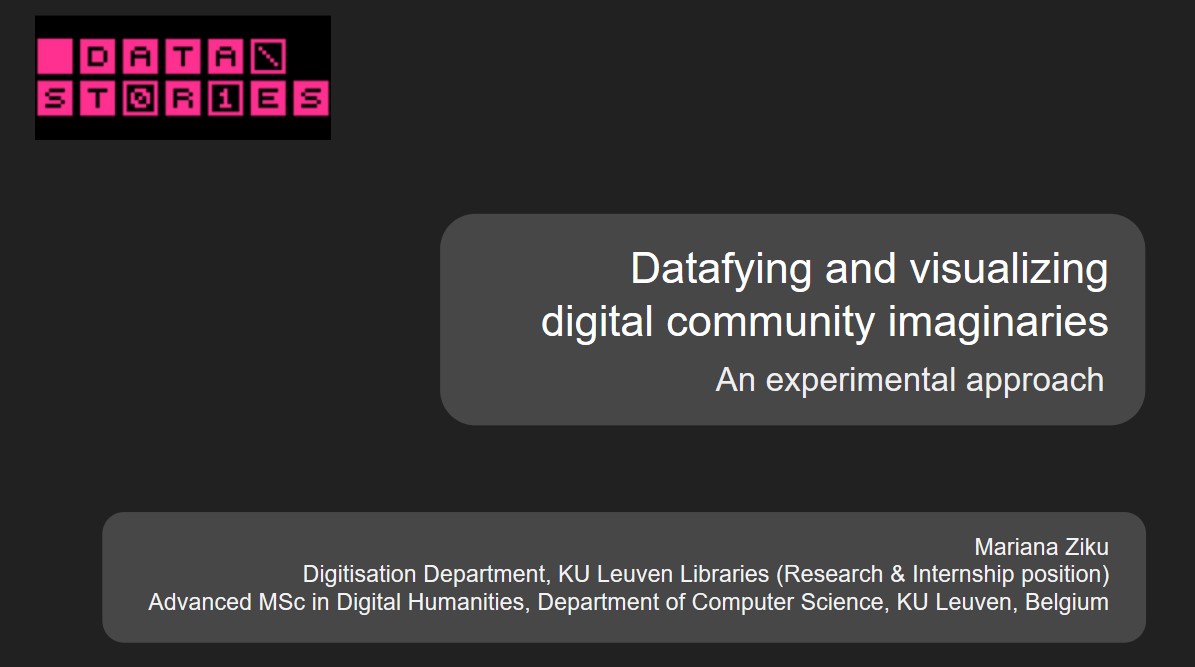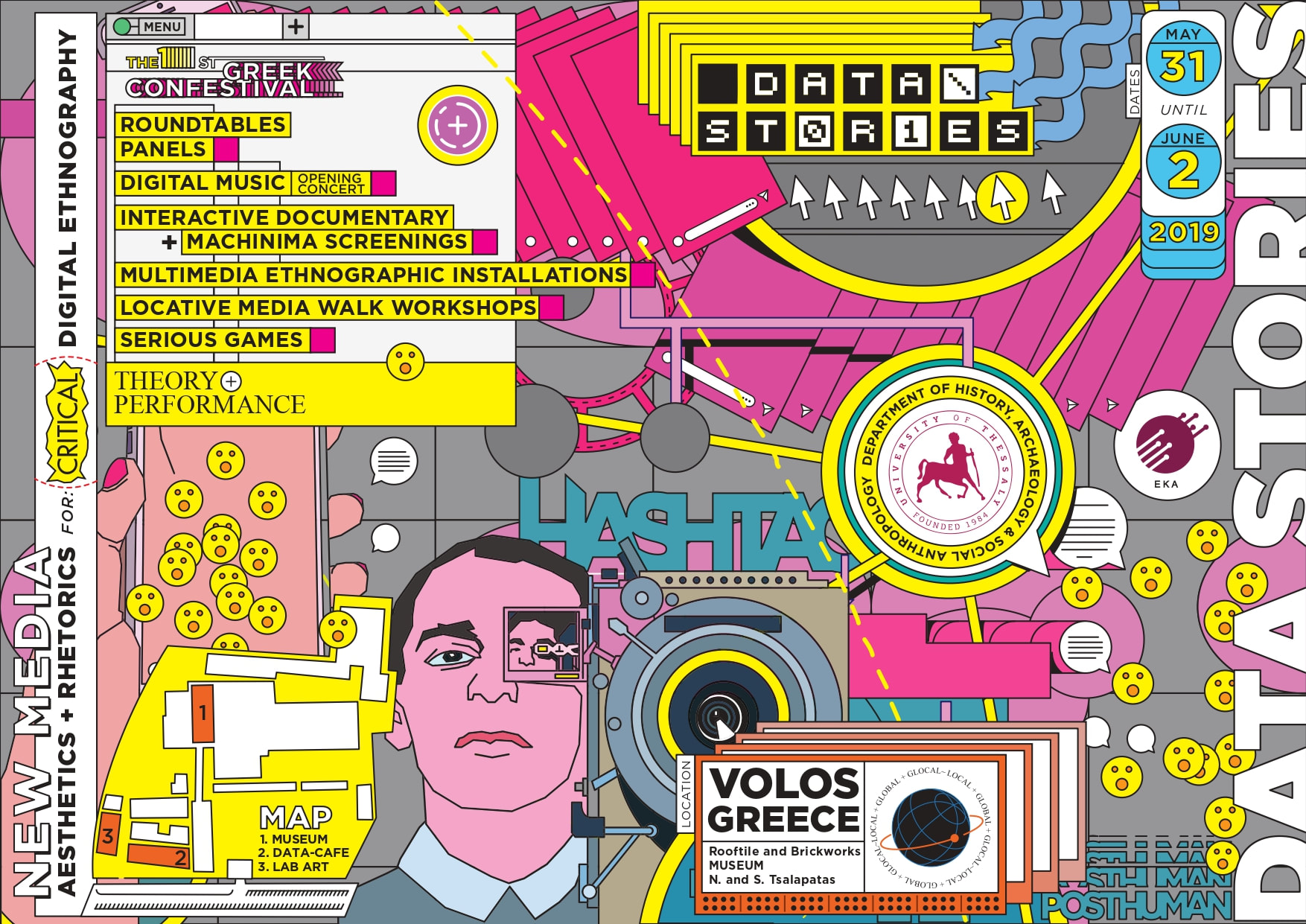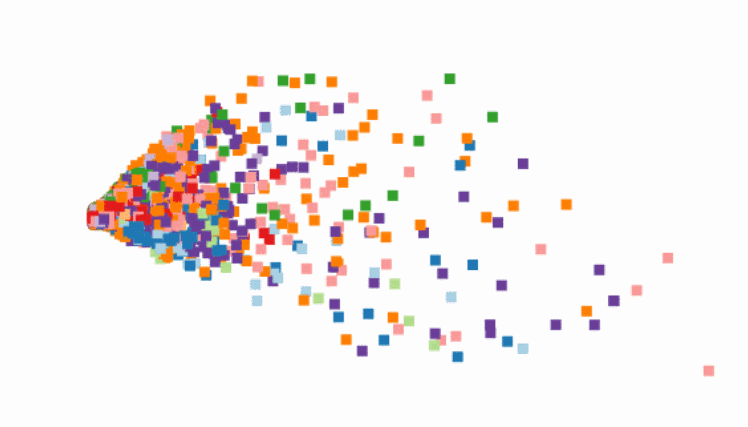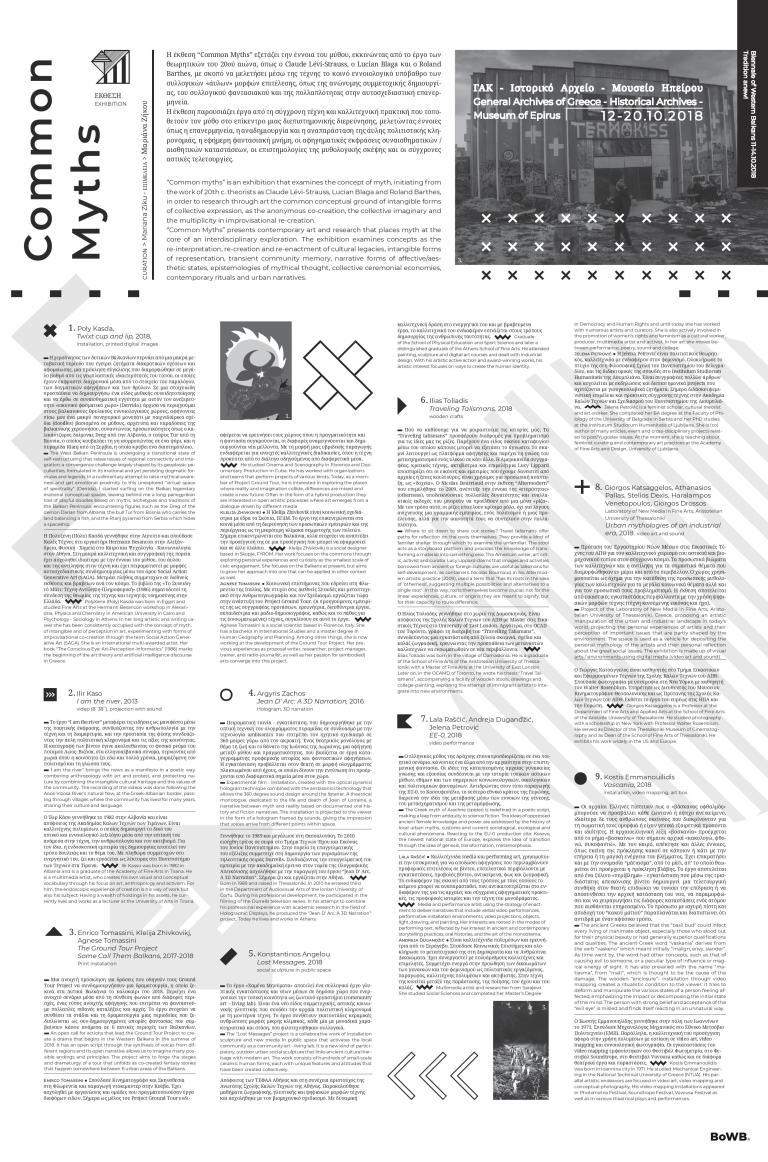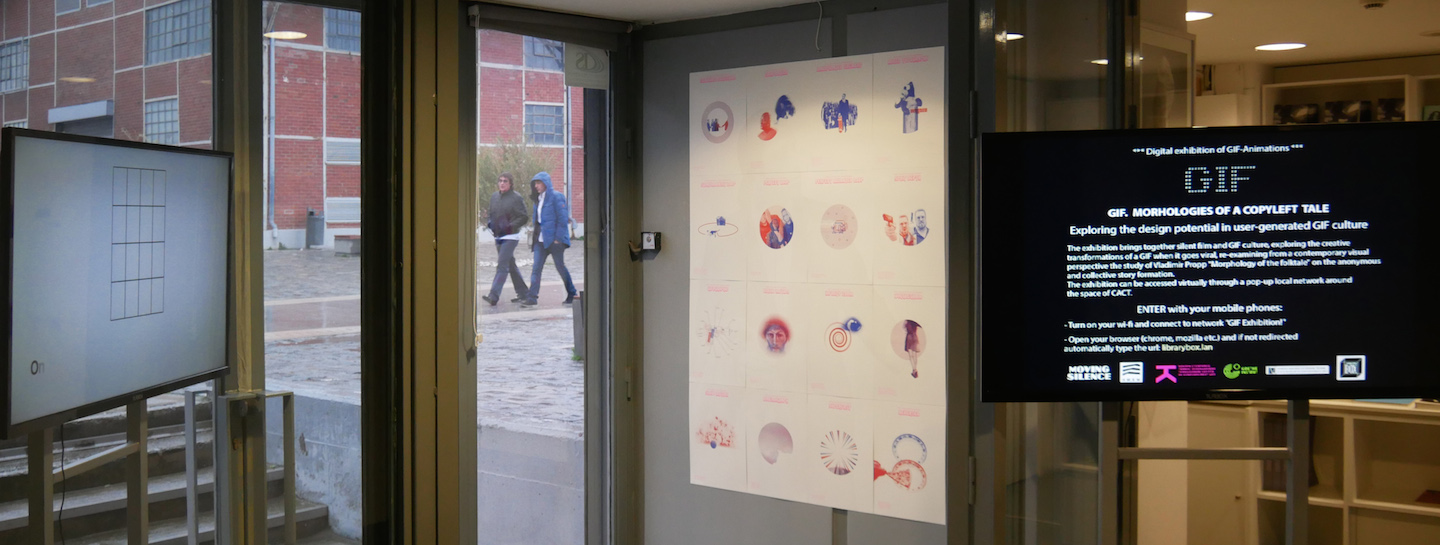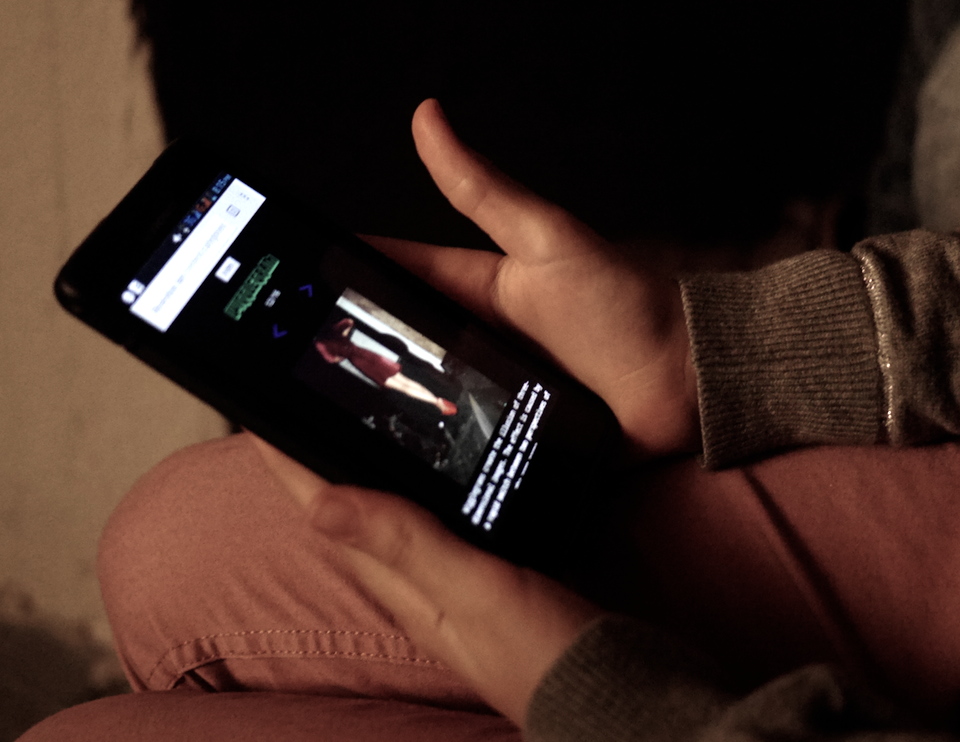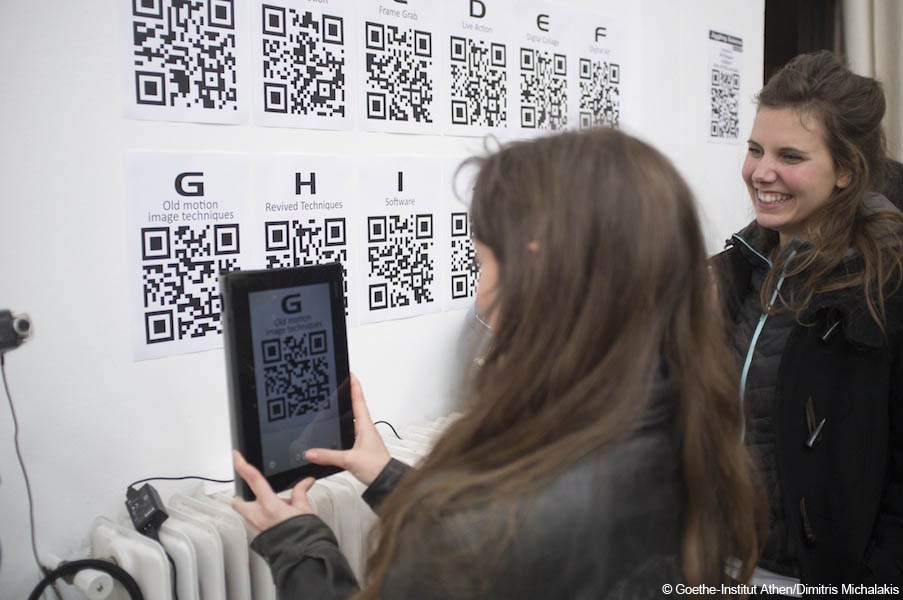Blog
-
Anatomy of a CC License
Assignment as part of the Creative Commons Certificate for GLAM
Anatomy of a CC license Infographic by Mariana Ziku, licensed under CC BY-SA 4.0.

-
Iatrosophia: On folk medicine and phytogeography
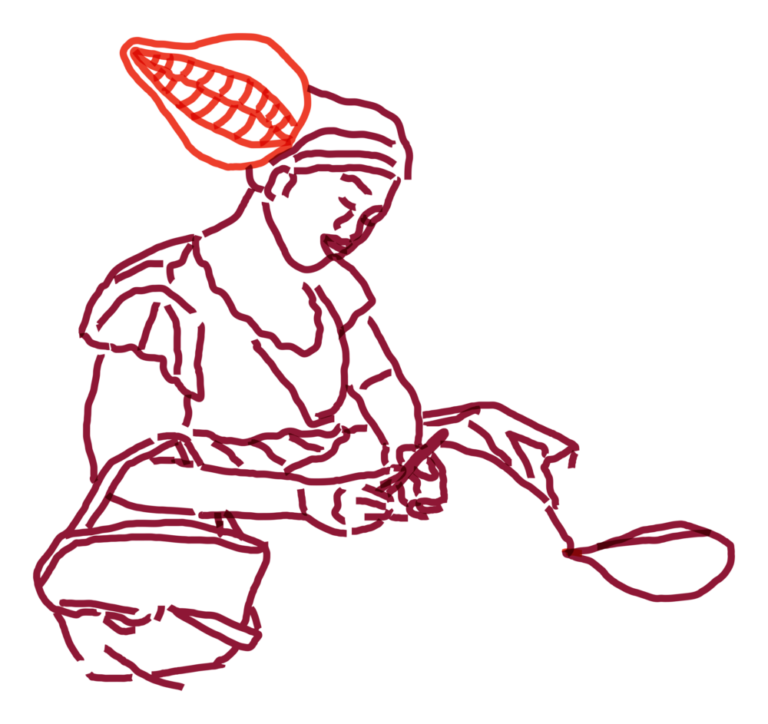 *Illustration by Christos Kotsinis, Art Pluriverse II, BoWB, CC BY-SA 4.0*
*Illustration by Christos Kotsinis, Art Pluriverse II, BoWB, CC BY-SA 4.0*Curatorial text by Mariana Ziku, Elli Leventaki, Katerina Zachou
Folk, traditional or popular medicine is understood as a sociοcultural process of community transferred knowledge that is based on a variety of grassroots health care practices (Hionidou 2016), including but not limited to, the use of plant and herbal species, natural elements, technology as well as oral and performative rituals. Folk medicine reflected the applied use of local wisdom for communal well-being, forming a part of socio-ecological livelihoods and their everyday culture.Balkans have a long history of medical culture (Živković et al. 2020) related to the ethnobotanical knowledge and phytogeography of the region. Plants’ medicinal, economic and anthropological importance is reflected in the sound knowledge of their diversity and use (Jarić et al. 2018), providing a deep understanding of how socio-ecological microsystems work and affect the human environment-biota relations (Pieroni 2014). The folklore documentation of plant and herbal records, their traditional local names and uses, real and symbolic, have been collected in songs, fairy tales, traditions, proverbs and other forms and elements of popular discourse (Karamanes 2012). From spiritual healing and ritualistic practices to folk phytotherapy and herbal remedies, such practices continue to be a part of the collective wisdom and popular cosmology, which are retained and transmitted to contemporary holders (Kerewsky-Halpern 1985).
The phytogeography of the Balkans and the empirical scholarship of local floristics constitute a major part of the local traditional environmental or ecological knowledge (TEK), which has been culturally transmitted through generations. It is a cumulative body of knowledge and practices of indigenous, native peoples and moving populations, evolving over time in reciprocal and mutualistic relationships with the earth (Kimmerer 2012). Originating mainly from a preindustrial era and often outside the Western scientific canon (Martin et al. 2010), TEK includes folk health systems of alternative epistemologies (Hufford 1997), which can be valuable in contemporary contexts in such fields as sustainable resource management, pharmacopoeia, and ecological design.Illustration Christos Kotsinis, CC BY-SA 4.0 Biennale of Western Balkans
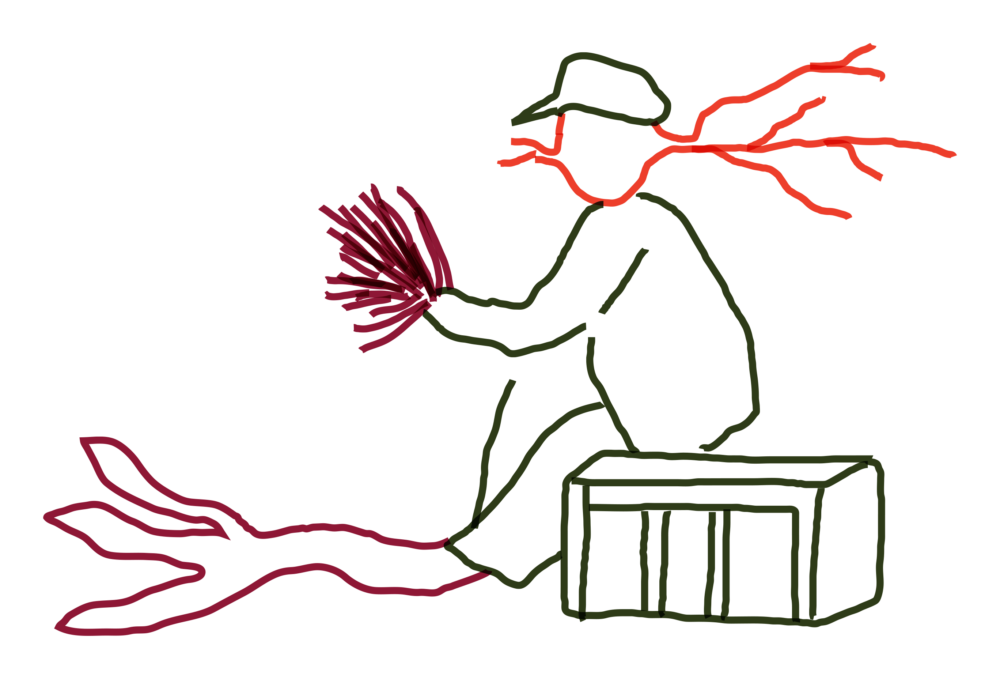 *Illustration by Christos Kotsinis, Art Pluriverse II, BoWB, CC BY-SA 4.0*
*Illustration by Christos Kotsinis, Art Pluriverse II, BoWB, CC BY-SA 4.0*Folk medicinal cultures of past and present communities of practice are being mapped further in policy and cultural information management frameworks. TEK practices have been acknowledged as intangible assets within the Genetic Resources, Traditional Knowledge and Traditional Cultural Expressions by WIPO (2001). On this basis, many traditional knowledge holding communities have developed open online databases and registries, documenting the ancient and often oral roots of their folk medical knowledge, which include dictionaries with native terms, classification systems with local phytogeographic references, and digitised manuscript records. The open-access UNESCO Thesaurus (1995) includes traditional medicine as one of the five systems of medicine, related to the concepts of cultural anthropology and traditional technology. More participatory approaches applying “minimal computing” and open-source software are currently being developed together with local communities to preserve indigenous botanical knowledge at risk (ExCiteS, 2019).
Iatrosophia aims to explore anew the traditional ecological knowledge (TEK) of transgenerational folk medicine and phytogeography in the Balkans, through participatory art-based research and digital community archiving. The programme is further inspired by museum collections linking herbaria to art such as the Museum of Medicine in Crete, Greece, art studies like the publication “Medicines to Help Us” by indigenous artist Christi Belcourt on traditional Métis plant use (2007), and curatorial works as the exhibition “Folk Remedies” by curator Ksenija Orelj at MMSU, Croatia (2019). Folk medicine, under a variety of cultural and ethnographic influences, is reinterpreted as a channel between the human connection with nature and its therapeutic agency against illness and evil. Safeguarding such traditional practices does not attempt to evaluate the credibility of the gathered traditional practices, but rather to recollect and uplift a herbal Imaginarium of local ancestral practices.
Bibliography
Belcourt, C., Flamand, R., Whitford, O., Burnouf, L., Richardson, R., & Gabriel Dumont Institute of Native Studies and Applied Research. (2007). Medicines to help us: Traditional Métis plant use: study prints & resource guide. Saskatoon: Gabriel Dumont Institute.
ExCiteS. (2019, May 29). Citizen science and botanic knowledge among herders and farmers in Kenya [Blog post]. Retrieved from https://uclexcites.blog/2019/05/29/citizen-science-and-botanic-knowledge-among-herders-and-farmers-in-kenya.
Hionidou, V. (2016). Popular Medicine and Empirics in Greece, 1900–1950: An Oral History Approach. Med. Hist, 60(4), 492–513.
Hufford, D. (1998). Folklore Studies Applied to Health. Journal of Folklore Research, 35(3), 295–313.
Jarić, S. Kostić, O. Mataruga, Z. Pavlović, D. Pavlović M. Mitrović, M. & Pavlović, P. (2018). Traditional wound-healing plants used in the Balkan region (Southeast Europe), Journal of Ethnopharmacology, 211, 311-328. https://doi.org/10.1016/j.jep.2017.09.018.
Καραμανές, Ε. (2012). Βότανα στην λαϊκή θεραπευτική: λαογραφική έρευνα και τεκμηρίωση της πολιτισμικής διάστασης των φαρμακευτικών και αρωματικών φυτών. Πανελλήνιο Επιστημονικό Συνέδριο: Λαϊκή ιατρική και Ιατρική επιστήμη. Σχέσεις αμφίδρομες. Αθήνα: Κέντρον Ερεύνης της Ελληνικής Λαογραφίας της Ακαδημίας Αθηνών.
Κerewsky-Halpern, B. (1985). Trust, talk and touch in Balkan folk healing. Social Science & Medicine. 21(3), 319-325. https://doi.org/10.1016/0277-9536(85)90108-X.
Kimmerer, R.W. (2012). Searching for synergy: integrating traditional and scientific ecological knowledge in environmental science education. Journal of Environmental Studies and Sciences. 2, 317–323.
Martin, J. F., Roy, E. D., Diemont, S. A. W., & Ferguson, B. G. (2010). Traditional Ecological Knowledge (TEK): Ideas, inspiration, and designs for ecological engineering. Ecological Engineering, 36(7), 839.
Orelj, K. (2019). Folk Remedies Exhibition, The Museum of Modern and Contemporary Art Rijeka. Retrieved from https://mmsu.hr/en/event/folk-remedies
Pieroni, A., & In Quave, C. L. (2014). Ethnobotany and biocultural diversities in the Balkans: Perspectives on sustainable rural development and reconciliation. doi: 10.1007/978-1-4939-1492-0.
Unesco. (1995). UNESCO thesaurus =: Thesaurus de l’UNESCO = Tesauro de la UNESCO. Paris: Unesco Pub. Retrieved from http://vocabularies.unesco.org/browser/en/about.
World Intellectual Property Organization. (2001). Intellectual property needs and expectations of traditional knowledge holders: WIPO report on fact-finding missions on intellectual property and traditional knowledge (1998-1999). Geneva: WIPO.
Živković J, Ilić M, Šavikin K, Zdunić G, Ilić A and Stojković D (2020). Traditional Use of Medicinal Plants in South-Eastern Serbia (Pčinja District): Ethnopharmacological Investigation on the Current Status and Comparison With Half a Century Old Data. Front. Pharmacol. 11, 1020. https://doi.org/10.3389/fphar.2020.01020
-
Art Pluriverse: Towards a deeper understanding
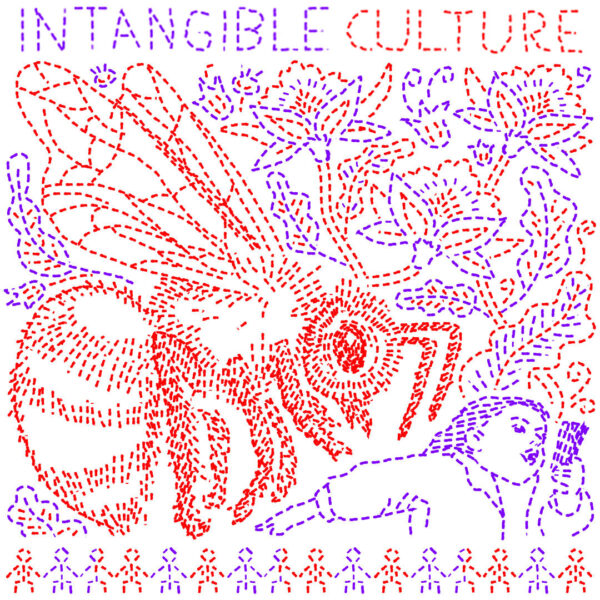 *Illustration by Christos Kotsinis and Markos Karellas, Art Pluriverse I, BoWB, CC BY-SA 4.0*
*Illustration by Christos Kotsinis and Markos Karellas, Art Pluriverse I, BoWB, CC BY-SA 4.0*Art Pluriverse is a community science series for arts and culture that envisions a boundary spanning approach to intangible cultural heritage (ICH) through art and open knowledge. Art Pluriverse is inspired by the concept of pluriversality as expressed in the recent publication “Pluriverse: A Post-Development Dictionary” (Kothari et al., 2019), where traditional knowledge is extended to eco-cultural relations of locality, biocultural memory and grassroots collectivity. It is organised by the Biennale of Western Balkans on an annual basis.
The programme intends to situate ICH in an intercultural applied context, drawing on the anthropological theory of Manuela Carneiro da Cunha that brings a deeper understanding on the concept of reflexivity when diverse cultures coexist (da Cunha, 2009). It actively follows the development of the Declaration on Open Access for Cultural Heritage (Heidel & Wallace, 2020), which aims to inform towards equitable and consistent practices around open access, including emerging questions in areas such as decolonization, indigenisation and ICH. It is further motivated by the call on a community-centred approach for ICH’s continuity (Aikawa-Faure, 2009) and inspired by Aboriginal new media art research as published in “Transference, Tradition, Technology” (Claxton et al., 2006).
Art Pluriverse seeks to uplift cultural knowledge systems identified as traditional, local, indigenous or folk, aiming to draw attention towards diverse epistemologies of knowledge co-production. ICH describes living cultural practices that are community-based and collectively experienced, e.g. from shared aesthetic traditions to communal resource management. ICH’s multivalent manifestations often deviate from object-centred approaches and materialities, allowing the mapping of more processual, affective and symbolic ensembles. Through the community science series we envision to further explore ICH and its ecosystem of related concepts, as cultural expressions, collective memory, living heritage and ephemera, up to digital folklore, genetic resources (WIPO, 2020) and living paradigms of commoning through alternative movements and livelihoods that value traditional social systems (Varvarousis, 2019).
We acknowledge that processes of globalisation and cross-cultural hybridisation can often revive rather than endanger cultural heritage, allowing it to respond to contemporary multifaceted social and cultural environments (Alivizatou, 2016). In this context, we aim to foster convivial spaces of digital co-existence that bring together past and contemporary intangible cultural practices, while advocating for inclusive community participation of regionally active groups and small collectives, including LGBTQ, BIPOC, diasporic, cross-border and common interest or common needs communities. Art Pluriverse is conceived as a field in the making, a critical apparatus for the slow exploration of intangible culture within the interdisciplinary art and cultural discourse.Bibliography
Aikawa-Faure, Noriko. “From the Proclamation of Masterpieces to the Convention for the Safeguarding of Intangible Cultural Heritage.” Intangible Heritage. (2009): 13-44.
Alivizatou, Marilena. Intangible Heritage and the Museum: New Perspectives on Cultural Preservation. Walnut Creek: Left Coast Press, 2016.
Claxton, Townsend, Stephen Loft, Melanie Townsend. Transference, Tradition, Technology: Native New Media Exploring Visual & Digital Culture. Banff, Alberta: Walter Phillips Gallery Editions, 2005.
Cunha, Manuela C. “Culture” and Culture: Traditional Knowledge and Intellectual Rights. Chicago: Prickly Paradigm Press, 2009.
Heidel, Evelin & Andrea Wallace. Declaration Draft. Open GLAM. 2020.
Kothari, Ashish, Ariel Salleh, Arturo Escobar, Federico Demaria, and Alberto Acosta. Pluriverse: A Post-Development Dictionary. New Delhi: Tulika Books, 2019.
Varvarousis, Angelos. “Who is Afraid of Change?.” Consider Journal Issue No1, Societe Publishing New Zealand. (2019):56-65. (Ιllustrations by Sir John Tenniel, Alice’s Adventures in Wonderland, 1865. Artwork and Graphic Design by Christina Biliouri.)
WIPO, Intellectual Property and Genetic Resources, Traditional Knowledge and Traditional Cultural Expressions. Switzerland, 2015/2020.
-
Datafying and visualising digital community imaginaries - An experimental approach
My oral presentation “Datafying and visualising digital community imaginaries - An experimental approach” in the conference “Data-stories: New Media Aesthetics and Rhetorics for Critical Digital Ethnography”, the 1st Greek confestival (conference & festival). Click here to view the slides of the presentation. CC-BY 4.0
Data-stories was an intriguing experience, organised by the Laboratory of Social Anthropology of the Department of History, Archaeology and Social Anthropology, University of Thessaly in Volos, Greece.
The poster of the confestival, designed by Oneleg Rollerboy from Oblique Orbit
The presentation reviewed cultural and creative projects of data analysis and visualisation that attempt to understand the way digital communities interact and how their supporting infrastructures function. It is concerned with the contemporary web practice of massive participation in user-based micro-content platforms and p2p services in which contingent, vast flows of data are being exchanged in real-time.
The presentation focused on the collective aesthetic and narrative manifestations within these ecologies, from a computational art theoretical/curatorial point of view. In particular, it inquired new modes of digital curatorial practices as community-based curation and reflected on narrative concepts as micro-culture or micro-genre and techniques that bring to light the shared imaginaries of digital communities.
Even though efforts proliferate for modelling professional databases where cultural-related content is carefully organized for optimal use, an exponential growth rate of bulk data is happening outside of such repositories. This condition lets a diverse ground of cultural practices and processes to emerge, where more complex agencies as digital collectivity and machine computation develop new modes of curation, cultural exchange and narratives.
In view of this “wild frontier” of digital information, cultural creation models can be studied that open up our understanding for the synthesis and function of grassroots aesthetics and narratives as well as our awareness on the digital interfaces of human-machine interaction. How do collective cultural practices function in decentralised web spaces? How do aesthetic and narrative patterns evolve through open massive participation, when there are no top-down theorization models? What are the sensibilities of immersing in user-generated collective micro-worlds?
“MUBI Cinephile rates & reviews” - An interactive scatterplot created with the use of the t-SNE (algorithm)
-
Common Myths
“Common Myths” is an exhibition that examines the concept of myth through interdisciplinary art and research. It was part of the Biennale of Western Balkans (BoWB), a new arts-cultural event and institution in the city of Ioannina, region of Epirus, Greece, 11-14 October, 2018. For more info on the exhibition venue and the participating artists follow the link:
The exhibition presents European and Balkan intangible cultural heritage through new technologies and art practices. In this context, the Balkans are mainly approached as the imaginary terrain of constructed narratives and less within historical time. The Balkans are thus unfolded as projections of the Self and the Other, through mediated images, sounds and stories*.
Curatorial text:
Poster of the “Common Myths” exhibition, Biennale of Western Balkans, Ioannina, Greece 2018.
Click image to open as a PDF
‘Myths can be interpreted as the narrative manifestation of abstract codes, fundamental patterns of thought’ (Matthew Clark, Exploring Greek Myth, 2012)
According to Ernst Cassirer, one of the first thinkers who studied it systematically, myth is a principal thought modality. Myth functioned as a universal expository device, more so before the democratization of the scientific method, able to encode cognitive, aesthetic and affective states in a symbolic, narrative form. In other words, myth offered a mode of conceiving and assimilating knowledge, setting its own exo-scientific world-view halfway between imagination and reality. But can myth be considered as a deficient, ‘primitive’, epistemological model after the advent of science?
In his thesis ‘Work on Myth’, Hans Blumenberg examined extensively myth and logical systems in their historical contexts. He supported that they didn’t form successive ‘superepochs’, as a shift from a minor human mentality to a superior one. Blumenberg argued over a continuous and simultaneous existence of myth and logic, without one being identical to the other, but neither in competition with each other: ‘They perform different, equally essential functions in dealing with man’s fundamental problem’ (Blumenberg, 1985).
The theoretical discourse on myth was amplified through modernism, with critical questions: what is myth to the contemporary context, is it still relevant and a significant force? What is the role of myth to cultural formation, transmission and perception in the contemporary world?
Throughout the 20th century, Claude Lévi-Strauss was one of the thinkers who persistently was concerned with myth. He aimed at developing a science of mythology, ultimately proposing a latent function of myth; He did not question how humans use myths, but how myths operate in the human mind. In this sense, myth is a thinking concept able to provide a solution; More specifically, the possible choices that are conceived by mythical imagination confront humans ‘with a table of solutions simultaneously given to collective thought’ (Lévi-Strauss, 1984).
Mythical space is thus not a singular, individuating ground of experience, but a transcendental realm of multiplicity and speculation. If the scientific experiment is an exercise of finding what is true, myths have no claim to truth or ‘true’ states. Myths are manifested through multiple versions, where one version is no more correct than any other, with the idea that a myth consists of all its versions. In the process of creation and re-creation, the original formation opens up to the emergence of massive new potential and creativity, as elements are added or changed. “It is almost possible to say that a myth is a story that has escaped from its author” (Clark, 2012). In this sense, the mythical condition reflects on copyleft practices that transcend the closure of individual meaning, referring to a more collective, participatory storytelling, one that reinforces anonymous improvisational re-creation.
In the 1930’s, almost three decades ahead of Lévi-Strauss, Romanian theorist and writer Lucian Blaga created a comprehensive speculative system that placed myth at the core of an extensive theoretical inquiry, examining in particular the concept of transcendence through myth. Blaga developed a theory of mythical systems examining less reassuring concepts, as dogma detached from religious connotations, mysticism and collective aesthetics. In this respect, his study exemplifies a remarkable epistemology of myth as well as an exploration of concepts developed later in the post-modern discourse; he argued, among other, over the boycott of history and autonomy in collectivity (Cotter, 2014).
Toward this more critical and political exposition of myth in the everydayness, theorist Roland Barthes focused on myth as an essential instrument for world-making. Under this perspective, mythologies are powerful rhetorical schemata that can enable large socioeconomic systems to be enacted and experienced in realtime, as the one pointed out by Barthes himself: the universal commonality of consumerism cultures of the bourgeois society in the 20th century.
Mythologies’ fluxing forms can thus be conceptualized as narrative faculties oriented to the emergence and construction of worlds that display various levels of existence and interactions, from collective tangible reality-worlds to the utmost tacit and solitary imaginative worlds. In this respect, mythical forms exemplify a qualitative leap into less reassuring concepts as complexity, contingency and the uncanny.
The exhibition presents contemporary art and research that places myth at the core of the interdisciplinary exploration. The exhibition examines concepts as the re-interpretation, re-creation and re-enactment of cultural legacies, intangible forms of representation, transient community memory, narrative forms of affective/aesthetic states, epistemologies of mythical thought, collective ceremonial economies, contemporary rituals and urban narratives.
Curation: Mariana Ziku
Assistant curator: Katerina Zachou
Audiovisual technical support: Vision of Sound – Thomas Nastos- See the conference proceedings “Myths of the Other in the Balkans: Representations, Social Practices, Performances”, edited by Fotini Tsibiridou and Nikitas Palantzas, 2013. See also the ‘about’ section of the online magazine B-turn: music, culture and style of the new Balkans.
-
The beginning of Art Theory and Artificial Intelligence in Greece: Documentating 30 years of a cross-disciplinary research
In this years conference “Taboo, Transgression, Transcendence in Art & Science” (26-28 May 2017, Ionian University, Corfu Greece) I presented an essay in an html format on the intersection of art theory and artificial intelligence in Greece through a case study and a theoretical approach.
You can browse the html presentation here: https://mziku.github.io/art-theory-artificial-intelligence/
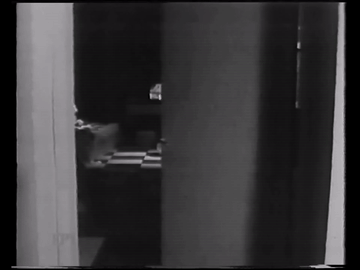
Snippet from the film documentary ‘The adventures of the eye’ (Οι περιπέτειες του ματιού) by Poly Kasda, directed by Marc Gastine, TV show Periskopio, Athens, Hellenic Radio Television, 1986The paper included in the conference proceedings is a follow up of my theoretical research in the cross-disciplinary field of art theory and artificial intelligence.
You can read the abstract below and the full paper in Academia:
Title
Art Theory and Artificial Intelligence in Greece: Documenting 30 years of a cross-disciplinary researchAbstract
The essay aims to bring forward the ongoing collaboration of artist-writer Poly Kasda and professor of artificial intelligence John Kontos, who marked the beginning of the art theory, consciousness and artificial intelligence discourse in Greece in the mid 80’s, based on an original research.To this end, the essay outlines three projects of Kasda‒Kontos collaboration in the course of 30 years, which marked their cross-disciplinary research:
- The film documentary ‘The Adventures of the Eye’ (1986)
- Kasda’s book publication ‘The Conscious Eye: Art – Perception – Informatics’ (1988)
- Kasda–Kontos’ joint book publication ‘Artificial Intelligence Professor John Kontos needles Poly Kasda’s “Conscious Eye”: Perception – Consciousness – Diegesis – Discovery – Creativity’ (2015).
Keywords
art theory, artificial intelligence, Poly Kasda, John Kontos, human-machine consciousness The conscious eye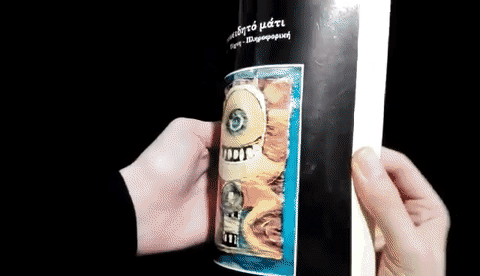
Flick through
The Conscious Eye, Art – Perception – Informatics
(Το συνειδητό μάτι, Τέχνη – Αντίληψη – Πληροφορική),
Poly Kasda, 1988, Aigokeros. -
Micro-cinema of attractions: GIF art imageries and creative techniques
‘Micro-cinema of attractions – GIF art imageries and creative techniques’ is an exhibition project realized in Nicosia, Cyprus.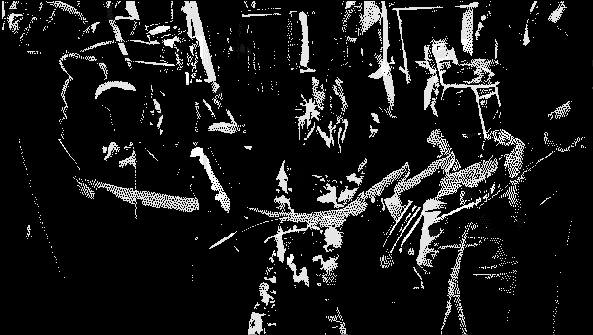
Nicolas BoillotCuratorial Statement:
The experience of early silent cinema unfolds as a cabinet of curious cinematographic techniques and spectacular fictions. The exhibition draws an analogy between the concept of Tom Gunning ‘cinema of attractions’ on the early phase of silent cinema (1907-1913) and GIF art.
Cinema of attractions refers to the nascent features of silent films which captivated viewers with striking moving images, before its liaison with the diegetic formats of theatre and literature did take over the medium. It is an era of creative imagery productions, where exhibitionist and unconventional fictions were less of telling stories than experimenting with moving images in their extreme potential.
‘Micro-cinema of attractions’ explores new concepts of space and time which are being formed in contemporary GIF art, focusing less on typical storytelling modes and more on GIF artworks as self-enclosed aesthetic micro-worlds.
GIF art employs radical and unusual creative techniques and imageries, reinforcing obsolete cinematic and artistic forms, applying avant-garde concepts, freely copying, decontextualizing and defying or defining norms, while also generating a highly shareable content which is massively propagated through social networks.
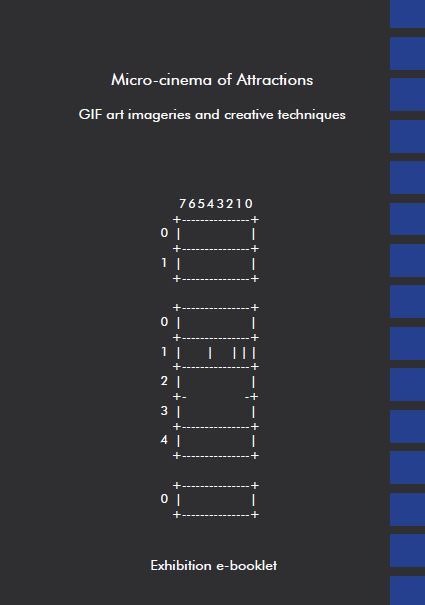
‘Micro-cinema of attractions’ -Exhibition catalogue‘Micro-cinema of attractions’ is a collaboration between ARTos Foundation and the Moving Silence Platform. The project is taking place within the framework of the Con-temporary Urbanity programme as part of the broader initiative Artecitya Nicosia, with the support of the Cultural Services of the Ministry of Education and Culture, the Goethe-Institut and the Creative Europe Programme.
The exhibition catalogue is published in printed, electronic and interactive epub format (GIFs displayed in motion) (link to download). It presents GIF artworks of the invited and participated artists together with curatorial texts about GIF art and an insight into the programme that included a GIF exhibition in the space of ARTos Foundation, a drop in workshop on how to design analogue GIFs and an urban tour with pop-up projections of GIF art in the old city of Nicosia. With a view to foster GIF creation, the programme included also an open call and an award.
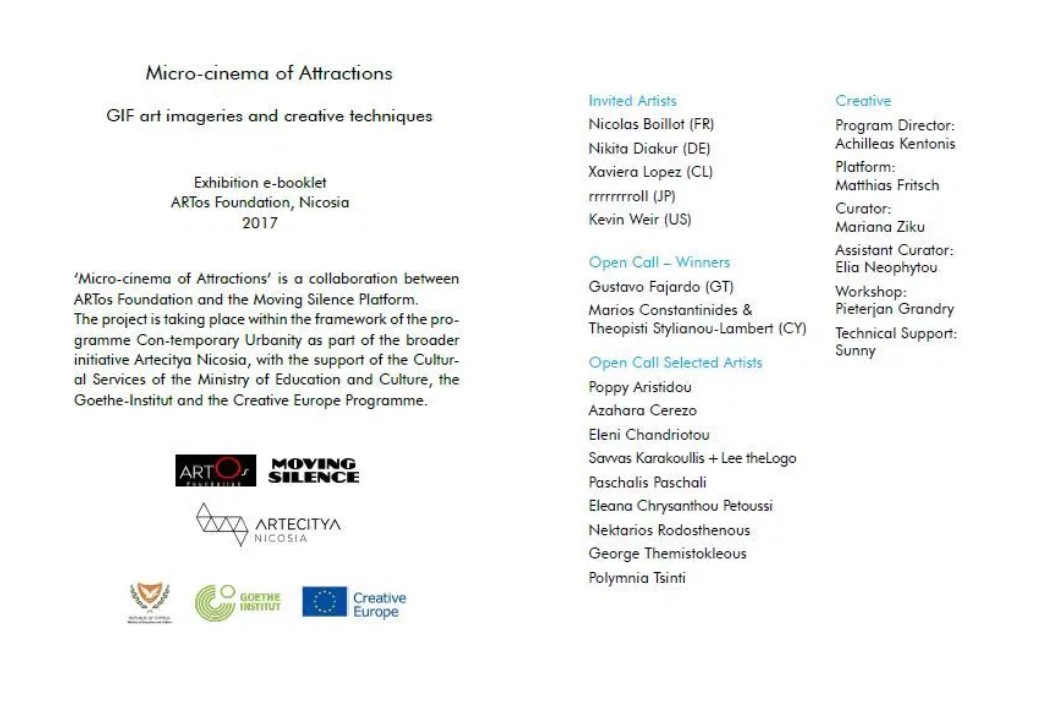
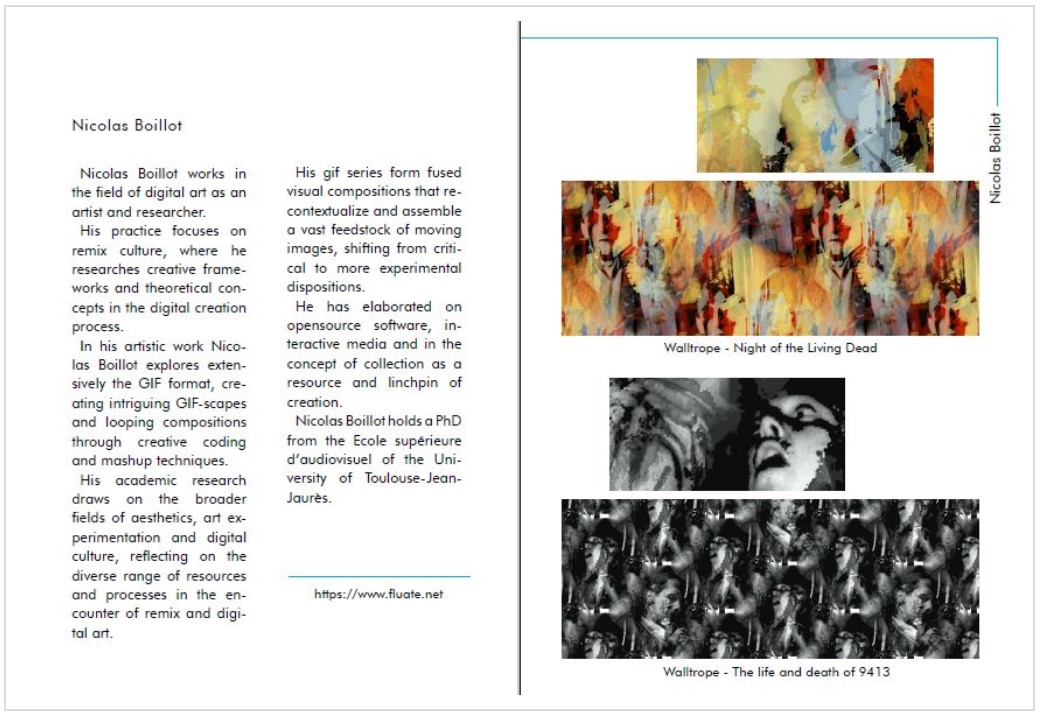
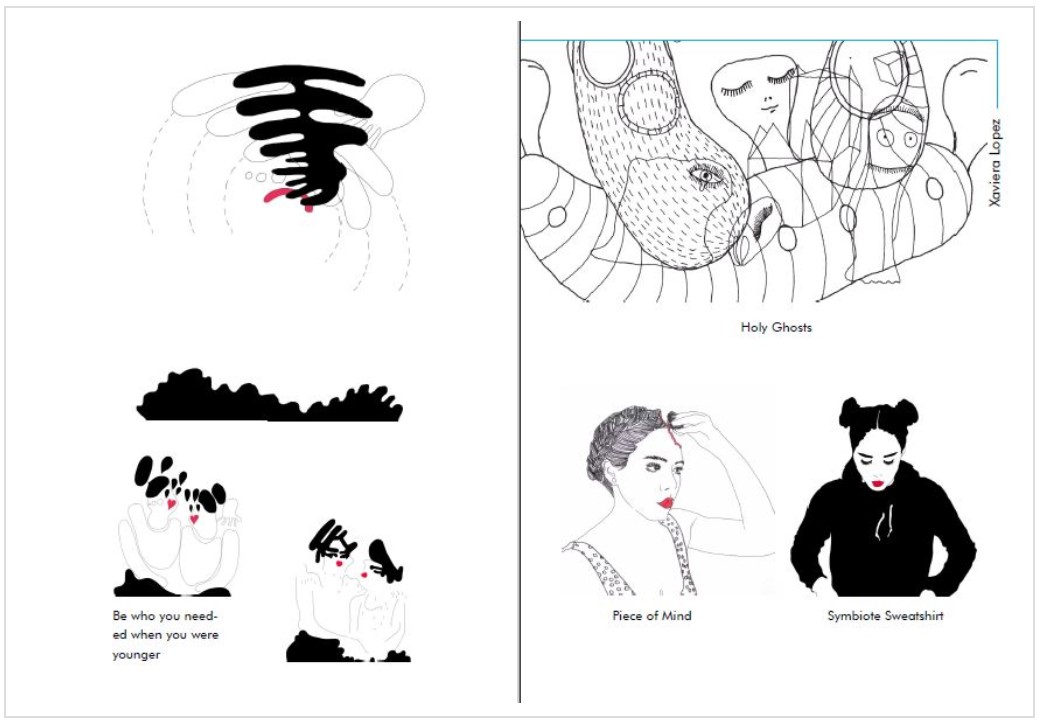

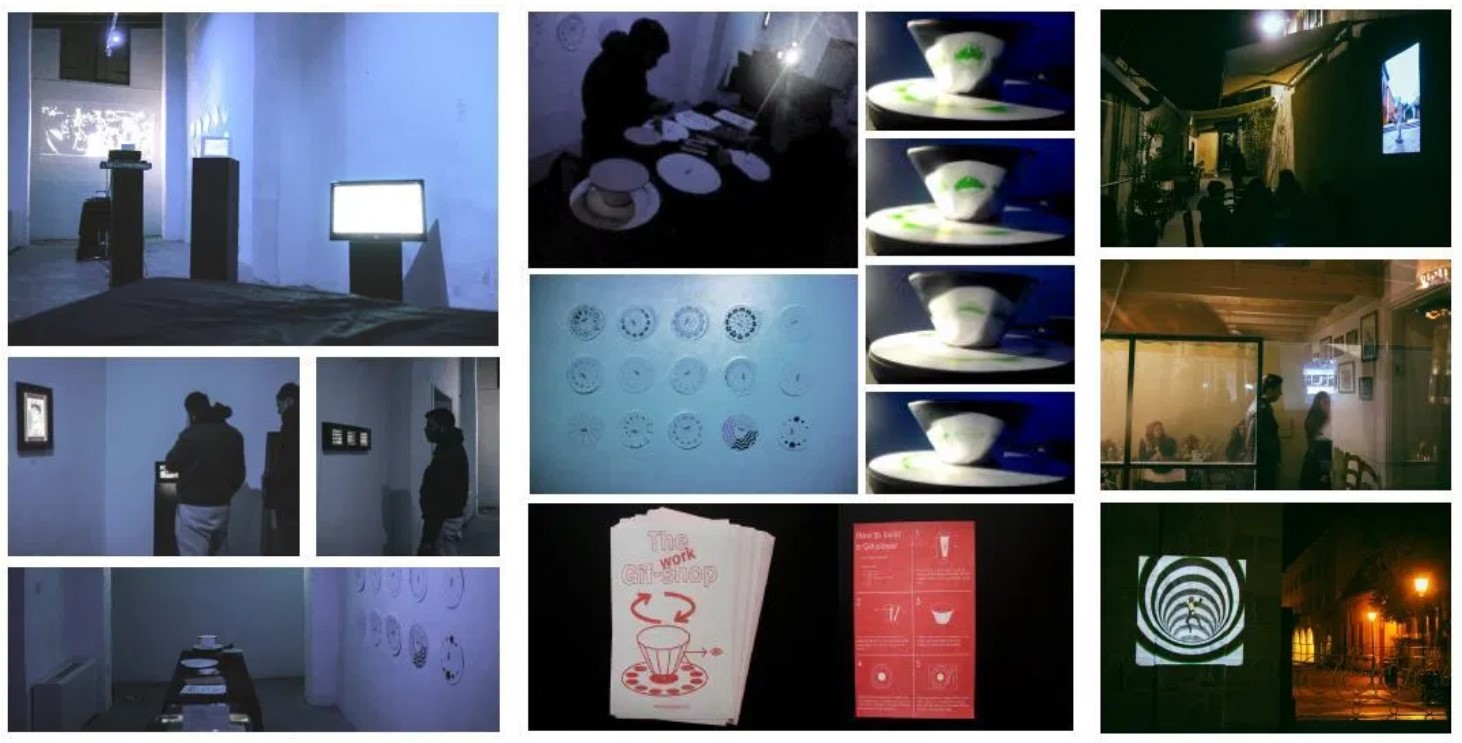
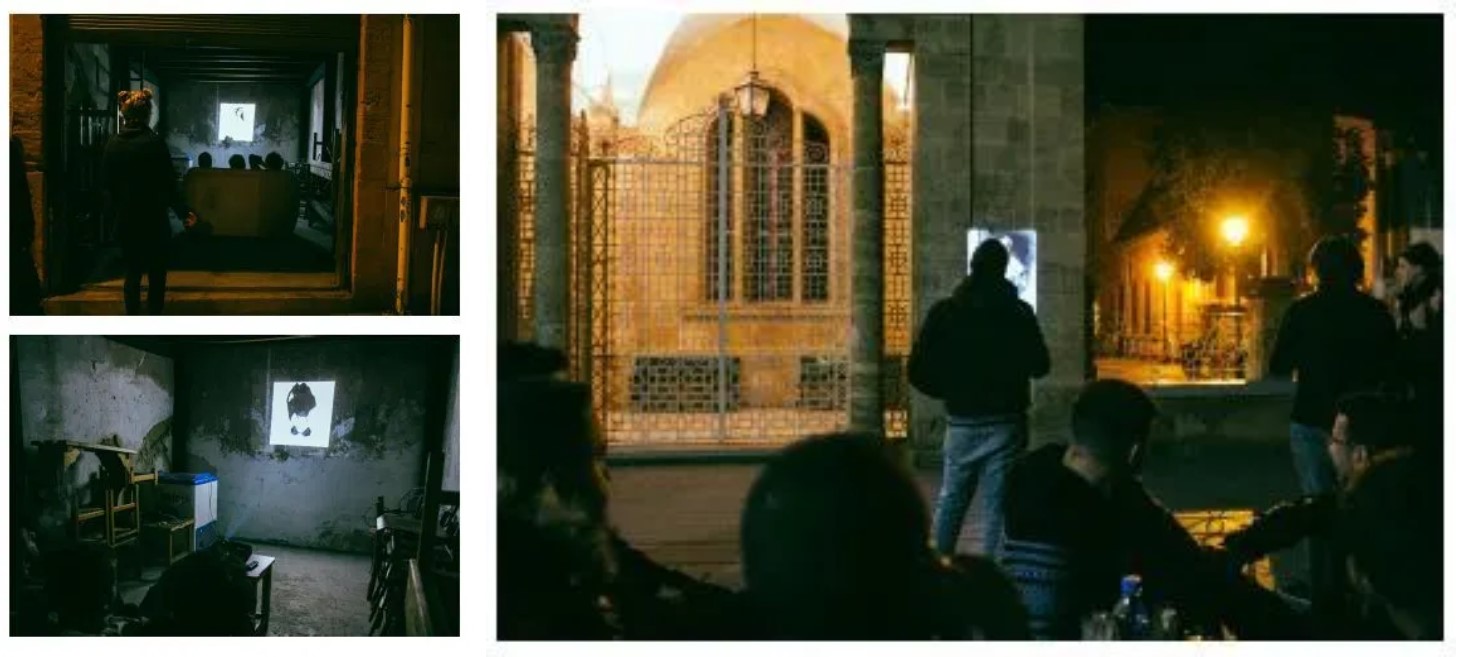
-
GIF: Morphologies of a copyleft tale – Patterns & techniques of silent looping images
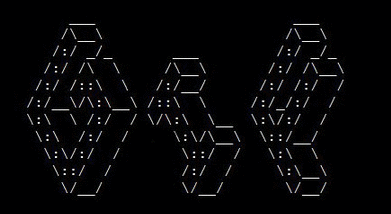
“GIF: Morphologies of a copyleft tale – Patterns & techniques of silent looping images” was a digital exhibition realised as part of the activities of Moving Silence in Thessaloniki, the Berlin based network for contemporary silent film and live sound.
Visit the online exhibition version here.
Curatorial Statement
GIFs can be seen as a contemporary form of super short silent films born in the cyberspace. The exhibition is an exploration of the creativity and design potential of GIFs in internet remix culture.
The underlying concept is based on Vladimir Propp’s book ‘Morphology of the folktale’ (late 20’s), where Propp studies the structures of anonymous traditional tales and introduces recurring patterns that come along a story formation.
GIFs reflect a contemporary analogous of collective narrative creations from a visual perspective, forming patterns when an initial scene or technique propagates through multiple derivative GIFs. The exhibition is about this particular feature of GIFs to visually express a short story in manifold ways, relating to an initial pattern or element.
‘GIF: Morphologies of a copyleft tale’ explores the viral mashup practices of GIFs based on their open-ended interpretations, highlighting its creative and distributive qualities. The exhibition itself reflects on the copyleft practices of GIF culture, drawing on the #GIFilter study project of HMKW University of Applied Sciences and the DER FILTER Team, by assigning the #GIFilter categories to the selected GIFs. The concept is framed by the accompanying #GIFilter poster wall where each GIF category is represented with its own poster.
‘GIF: Morphologies of a copyleft tale’ is non-material, realized as a pop-up digital exhibition in virtual format which exists only locally, within the physical space of CACT during the Moving Silence events. The exhibition infrastructure is coded and hosted on the open source file distribution tool Librarybox. The audience can easily enter the opened up local network (no internet access) and explore the exhibition in their personal devices (smartphones, tablets).
Credits
Artistic direction and curation of international film program by Matthias Fritsch (co-founder of Moving Silence) Music program editing & coordination in Thessaloniki by Eirini Papakonstantinou (curator at SMCA) Technical support for audio and video by MSpirit GIF Exhibition by Mariana Ziku
The exhibition is a collaboration with the HMKW University of Applied Sciences and the DER FILTER Team in Berlin. The digital infrastructure is put together and hosted on the open source software Librarybox.
A production with the financial and organizational support of Goethe-Institut Thessaloniki. Co-organized with the State Museum of Contemporary Art (SMCA) & the Contemporary Art Center in Thessaloniki (CACT).
-
The under-determination in Poly Kasda’s work
I will try to develop some thoughts on the writings of Poly Kasda in relation to one of her first books ‘The Conscious Eye’ and her latest one ‘When that word swallowed me’. The two will be linked with an epistemological concept, the ‘under-determination’ and an allegory, the Kafkaesque Burrow. Dr. Yannis Almyrantis presented an intriguing approach with his essay “The over-determination in Poly Kasda’s work”. The present essay reflects on its antithetical term, the ‘under-determination’ in Kasda’s work.
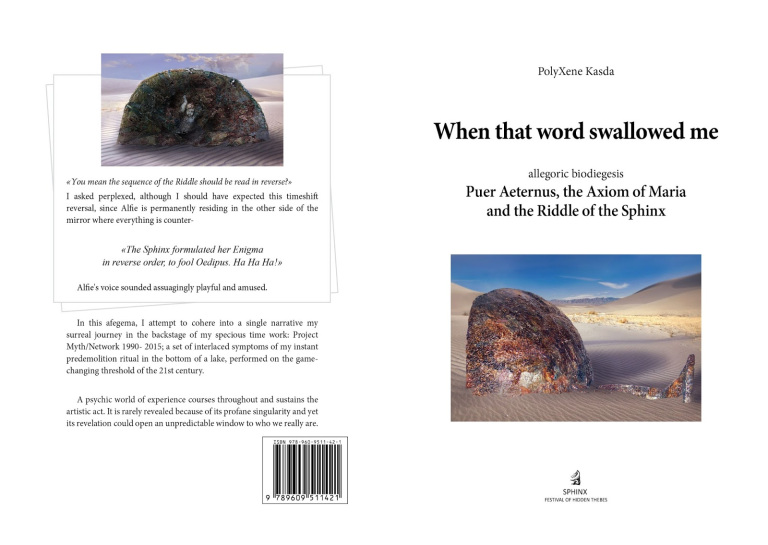
Poly Kasda - When that word swallowed me, book coverWithin the frame of this presentation ‘under-determination’ is used with a double interpretation, employing the prefix under- (in greek hypo-): On one hand, under-determination is an epistemological concept which challenges the univocal approach of experience. In this sense, it is considered impossible for an experience to be fully interpreted through a single axiom. This thinking is reflected in Gödel’s incompleteness theorem and can be extended to Derrida’s philosophical term of ‘deconstruction’, which refers to the infinite experience of language, but also to the impasse of its meaning.
Under-determination is transcribed in the work of Poly Kasda as scattered traces of language, objects, performances, gatherings, as well as other manifestations like TV shows, buildings and new media, which may reveal or conceal the true meaning, the core of her objectives. A core attracting into its orbit scientific theories of computational and cognitive science along with the philosophical and applied concepts of experience.
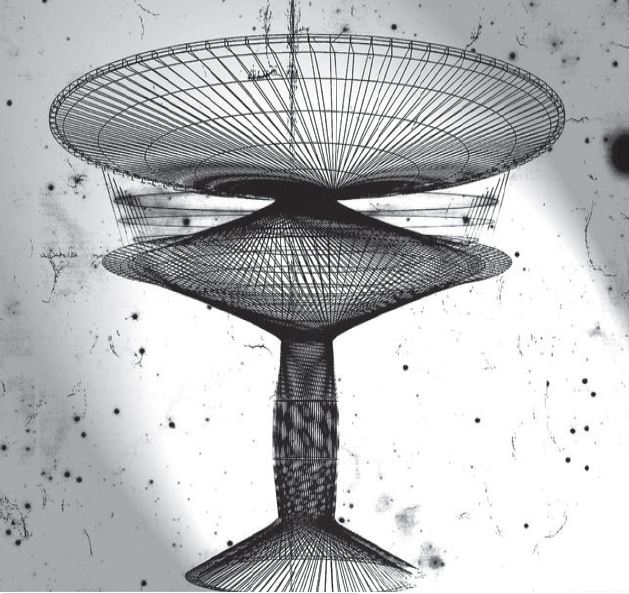
Lexomorphe of the word Chrysalis, Vertical geometrical configuration, 2008‘The Conscious Eye’, one of the first books of Poly Kasda, is associated with the epistemological interpretation of under-determination. Poly Kasda initiates a genuine and systematic exploration of the human experience and the cognitive processes that transpire the works of artists and the artistic movements of the 20th century. The human eye is used as an interface, the eye becomes a quasi-mechanical component tool which creates a tube between the inner and outer reality topology.
The book starts with two questions ‘So what happened to many artists and they stopped painting? What lies behind this silence that took so many strange forms?’ To these questions Poly Kasda creates insightful conceptions, linking scientific theories and technologies with artistic methods and the philosophical discourse.
However, in the preamble of the book she already shows her awareness of under-determination: ‘This essay on the essence of contemporary art and visual perception is just the tip of the iceberg’. In the last pages of the book, she outlines the collapse of certainty, the decay of conventional structures and with it, the withdrawal of words. These comments lead the way to the second interpretation of the term under-determination, into the creative-experiential extension of the term, which can be connected to Poly Kasda’s new book ‘When that word swallowed me’.
The book is ushering us in a wild exploration into what is under, below the territory of the visible and of the reassuring semiology, into the aniconic fields of artistic experience and ambiguity, of the collapse of the subject and ultimately the collapse of the text into sub-texts, in word-symbols that burst further into glyphs, into the smallest cracking units of language, to become objects and anti-texts, no-texts, precipitated in a submersive trip into the substrates of language, the hypothalamus of experience and into the sub-liminal of perception. artimap
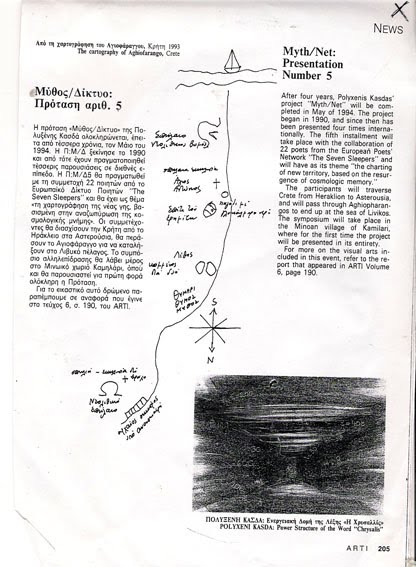
Myth/Network, Supra-space Maps, 1994-’96The deep dive begins; a persistent recollection towards the core of the experience described in ‘When that word swallowed me’, in which she notes: ‘After the completion of The Conscious Eye, I was left again with this Something Essential Missing, this SEM sensation’. The course of the next 25 years would open up the topoi for the emergence of the iceberg, an intense immersion to the core of cognition and experience. A striking, persistent and productive exploration which often anticipates the developments in technology and cognitive science, such as through her artistic project Myth/Network, where Kasda composes an ideography of the web before its spreading.
At the same time, these explorations in the other side of reasoning, in the twilight of experience and of deconstructed meaning, had their impact. In ‘When that word swallowed me’, Kasda reveals that her essay ‘Pyrisporos’ which followed ‘The Conscious Eye’, disturbed and chased away the audience she had gained with the latter.
As she continues her research into the philosophical discourse of computational and cognitive science, her visionary leaves her at times without applied scientific and theoretic tools. She then resorts to alleged scientific axioms and data, some of which evolve later as validated concepts, while others swing for now and maybe forever between the exo-logical, the alchemy and the myth. Kasda will not renounce them as useful tools, stating: ‘But is there any other way? Those fantastic things that are directly seen by the soul are formulated by the intellect as an absence; a dense omission from which words return baffled’.
From then on, although her creative and exploratory course continue intensively, she will start consciously and methodically concealing their true essence. In ‘When that word swallowed me’, she confesses the creation of a ‘self-sustaining shelter’ which takes the form of a woolen cocoon: ‘…I started knitting around me a borderless blanket. It was gradually growing from inside itself, mounting on the walls, towering above me like a wave swallowing me in its cocoon-like embrace’.
This hermetic structure can find its counterpart in an allegorical architecture, the Burrow of Kafka, one of his last texts that remained unfinished. The Kafkaesque edifice can be interpreted as the agitated strive of an individual to safeguard her safety and integrity, when disclosing the erebus of one’s own personal experience.
As if in a discoursive relationship with the Kafkaesque creature residing in its underground dark maze construction, Poly Kasda writes: ‘On the ordinary level I was protecting my delicate experiment from the unexamined eyes, shielding it behind palatable, easy to digest descriptions. I knew that if it were contaminated by doubt, the whole structure would crumble…’. 08stazewski
This fragile and intimate revelation, along with her uncompromising determination to continue sinking in the profound substrates of the inner self, destined to be the cornerstones for the creation of her allegorical biomatic narrative ‘When that word swallowed me’ and ultimately, the symbolic collapse of her Kafkaesque shelter.
Kasda’s short autofiction marks an epitome of the research in the profound and unfathomed realms of human experience and imaginary through artistic practice; a possible invitation also for us, to challenge the emergence of our own minds’ uncharted topoi. The ‘Conscious Eye’ continues its quest into the most elusive, controversial and intra-real dimensions of its existence.
-
Ripping into the realtime: The Fizz & Mods of Let’s Play Poetics
Digital streaming services: The networked mega-structures of interfaced realtime data flows. A vast platform of multiple communication vectors taking the form of bewildered limbo heaps. Wide-bandwidth flowing dialogues, meme noise, baffled fan fiction, all actualized through boned human-machine encounters and high-jargon hypermedia.
‘Let’s Play’ grows into an ultimate ecosystem, a stunned super-reality of inflated and condensed moments. Lyotard’s cryptic inhumanity and postmodern visions are here and kicking: In the Lyotardian vocabulary where ‘immaterial’ is linked to ‘immature’, the inhuman condition expands from a systemic, over-human external complexity to an internal, implicit nature embedded in us humans, our unteamable, invincible childhood; A literally nonage “that announces the Deep in human nature – which perhaps is not all that human, and not all that deep”α. ‘Let’s play’ reifies Lyotard’s lexical bipolar into ‘apparition’ and ‘apparatus’, coiling adventures which transpire through hybrid deterritorialized bodies.
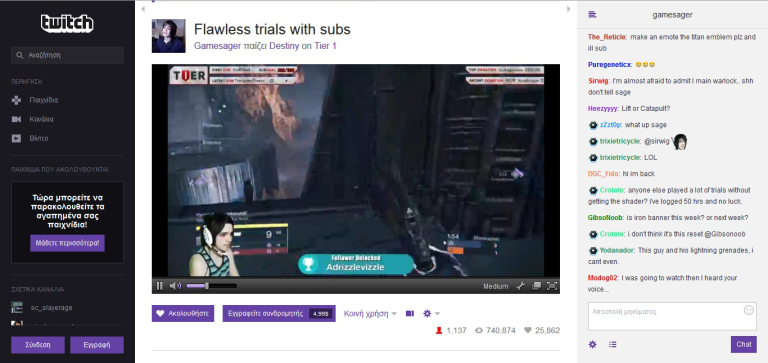
Streamed into FPS video game Destiny. Set in a “mythic science fiction” world, the game features a massively-multiplayer “shared-world” environment with elements of role-playing games.A pipe-slided phantom playground which breeds seemingly self-sufficient, self-legitimated user resources who act within infinite rule sets, noncompulsory. Let’s Play’s eventual system doesn’t need master narratives or obliqued persuasion to cultivate, it is self-determined, as Anne Elizabeth Sejten points out for postmodernity: “The nature of its goal is self-ensured by the performative gearing of the system”β. Gamers in streaming platforms become the connoisseurs of the present, the charmers of strained action which occurs right here and right now, along collective networks of peer humans, bots and thingy -but not less interactive- backdrops.
The production and experience of the presence progress into artificial multimodal narratives where distinctions of reality and fiction are irreversibly undermined. Gumbrecht marks in his insightful essay on sports, arts and aesthetics what makes sports i.e. plays so compelling and analogous to arts: it’s a zoom in the original emerging of forms, capable of captivating the attention as we are challenged to recognize the modalities in which these forms eventuate. This creates tensions, resolutions and surprises, structuring attention in particular ways and becoming more and more compelling as the performance has the potential to enfold its observers. Thus an act observed from a distance can progress into a collective effervescence by experiencing “the logic of the distinctions drawn and the operations performed as one’s own”γ. Let’s Play builds real states of affectedness in intangible environments, occupied by potential infomorphed life-machine-thingy forms.
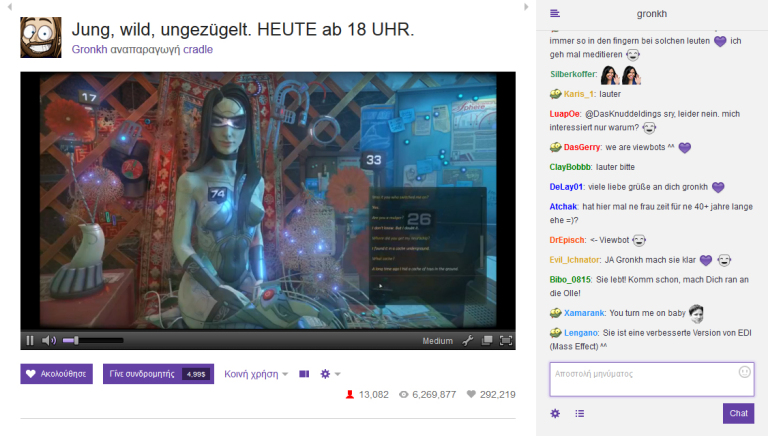
Chatting with a female android inside ‘Alderyn’s Cradle’, an open world fantasy role-playing video game that follows an exiled traveler caught at the center of a monumental struggle between humanity, nature, and the gods. It features strategic first-person melee-combat.Despite its self-legitimated striking presence, Let’s Play is bound within pre-determined coded narratives and inaccessible stark infrastructural nets. Invitations in whimsical trips nevertheless, baffle the thresholds of experience; the code can always crack and mutate, the end no longer rhymes with its inscribed terminal. Mounted mods, loaded fizz and generative acceleration amplifies the networks and Let’s Play’s realm becomes an open world sandbox experience.

Inside the sterile environment of Q.U.B.E. (Quick Understanding of Block Extrusion) A physics-based puzzle video game is an expansion of a student project. Here in the “director’s cut” version of the game, featuring more story-based elements.“Everything is to be done. All the adventures are still here”. The contingency of configurations and sequences is imminent in narrative time. Paul Ricoeur in his seminal treatise on the narrative function brings out the meta-temporalities of fictional trips. Narrative time breaks from linear, unidirectional modes to iterative ones, especially at the level of ‘being with others’. Collective narrativity has an additional relation to historical time: “it’s the external public time, or we might say, the time of the public”δ. Streamed plays which unfold in virtual worlds become super-symbolic systems, self-referential and profound, a redoubling of reality that can and is organizing afresh the world, creating new networks for rendering experience and its output.
A reality remade from fictional scratches which draws massive numbers of acting resources, where the poetics of hybrid forms and deterritorialized realtimes move towards universality. Ricoeur’s closing lines enclose the potency in a poetics of the unreal: “with opening up the horizon of the differential, history brings us forward to what is possible, while fiction, opening before us the horizon of the unreal, leads us to what is essential”ε.
α. Anne Elisabeth Sejten, “Exhibiting and Thinking: An Anamnesis of the Postmodern” in 30 Years After Les Immatériaux: Art, Science and Theory, Juk Hui – Andreas Broeckmann (ed.), p.173, meson press (open access), 2015, ISBN 978-3-95796-031-3 (PDF)
β. Ibid. p.172
γ. Edgar Landgraf, “Improvisation: Form and Event – A Spencer-Brownian Calculation” in Emergence and Embodiment: New Essays on Second-Order Systems Theory, Bruce Clarke – Mark Hansen (ed.) p.192, Duke University Press Books, 2009, ISBN 978-0822346005 (PDF)
δ. Paul Ricoeur, Η αφηγηματική λειτουργία, εκδ. Καρδαμίτσα – σειρά Θεωρία και Μέθοδος, μεταφρ. Βαγγέλης Αθανασόπουλος, 1990, [Narrative Time, Kardamitsa Publications- Theory and Method series, transl. Vaggelis Athanasopoulos, p. 110] ISBN 960-7262-14-x (print)
ε. Ibid. p.80 -
Jiggling Golems - The Art of GIF: An 'immaterial' exhibition for digital moving images
Jiggling Golems explored the cinematic qualities of the GIF medium, the narrative potential of very short moving images and their semiotics. In the context of the Festival for Silent Film Culture, the GIF art exhibition expanded the silent film format in the networked digital space. The project was realised as an ‘immaterial’ exhibition in html format, hosted within the open-source local networking toolkit ‘Piratebox’ and traveling along the venues. The audience could access the exhibition only on-site through their mobile devices.
Venue: Goethe-Institut Athen, Circuits and Currents, Athens, Greece, March 2015
Partners: Braunschweig University of Art (Germany), Athens School of Fine Arts, Moving Silence Network (Berlin-Athens), Circuits and Currents (Athens)
Fund: Goethe-Institut Athen
Art director: Matthias Fritsch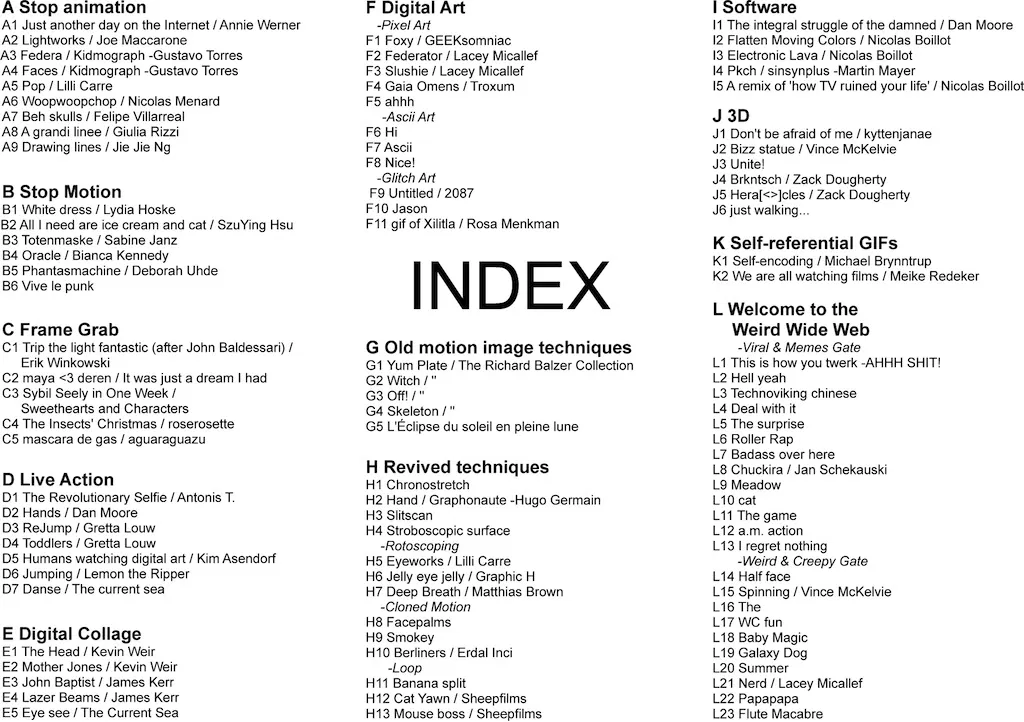
Flash fiction curatorial text:
Gifs, the stray protocols breed inside the dot matrix. Once liberated from their corporate pimps, this batch of hyper-hookers was destined to hangout in the downtown of stocked networked space. Rambling along the data streams, these jiggling golems were soon crowdsurfing in every corner of the alleged Web 2.0, triggering the reticulated, blurring the realtime, entering our retinal trans consciousness.
When Walter Benjamin referred to the mythοlogy of modernity he identified it through an excessive visual complex, dialectical images of a dissipated externalized as well as internalized fictitious realm. Non linear narrativity and spatial dispersion at the borderlines of contingency and experience. Gifs fabulate inside the collective effervescence, mutating the spectacle into detached fickle imageries, an abundant realm of viral correspondence infecting our most tacit, impulsive, trivial and absurd, glimpses of imaginary.
In the uncanny cyber valley, timespace circulates in inhuman routes. A friction of agitated semblances, rubbing against each other inside a narrative sludge. Visual residues get mutated into events that once were fiction, into fiction that was events, in an infinite mashup of dislocated visions. History as we know it relegates into just another story, one of many that transcendent the actual facts of our newtonian space. Gifs blossom in this ecology of fused multi-narratives and hyperlinked projections, catching up in the net fleeting units of a vast ocular feedstock, stimulating junctures, recontextualizing the ruptures, assembling and rendering jargons, flocking semiotics for the rapture of the gaze, an orgy of the sussed but inexplicable.
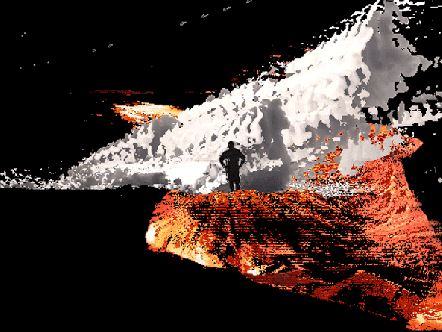
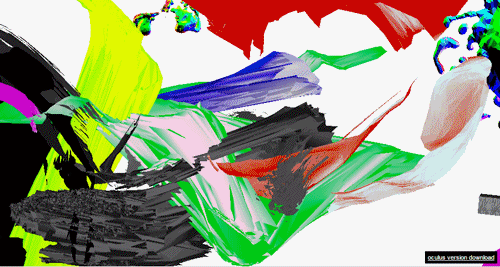
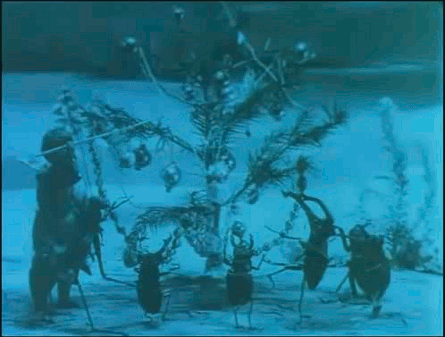
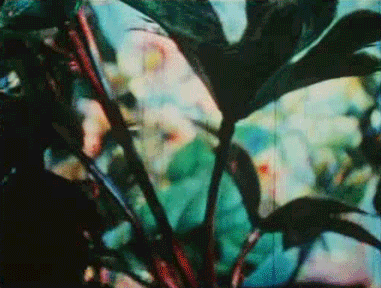

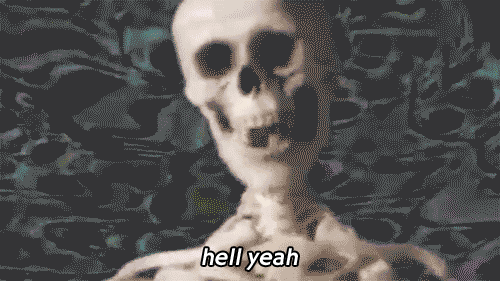
gif1: artist Nicolas Boillot Through custom code and user interface environment
gif2: artist Vince McKelvie
gif3: The Insects’ Christmas by Vladislav Starevich (1911). Vladislav Starevich was a Russian and French stop-motion animator notable as the author of the first puppet-animated film. He also used insects and other animals as protagonists of his films.
-
‘Snap out of it, Bomb’ – Imaginary Bugs and Generative Uber-Models
Doolittle: Hello, Bomb? Are you with me?
Bomb #20: Of course.
Doolittle: Are you willing to entertain a few concepts? Bomb #20: I am always receptive to suggestions.
Doolittle: Fine. Think about this then. How do you know you exist?
Boiler: What the hell is he doing?
Pinback: …I think he is talking to itDark Star (1974), John Carpenter + Dan O’Bannon, comic sci-fi motion picture
The intergalactic crew is striking for the ultimate asset inside this paradox: debugging the intelligent inferences of a machinic bomb which is self-inclined to detonate in less than 10 minutes, blowing up the whole mission. Helmsman Lt. Doolittle tries to deactivate the bomb by initiating an ontological discourse with it. A rare and entertaining scene in cinema culture, phenomenology disclosed in a fast-paced space lesson.
Bomb #20 turns to Cartesian reasoning -I think therefore I am. It expresses this perception through seemingly intelligent responses. At the end, Bomb #20 gets stuck into a cognitive bias which turns monotonic -the added assumptions by Doolittle and the crew cannot cause any alterations to its reasoning; Bomb #20 meets its destiny, it explodes following its inner modalities.
If cognition has a high-rate quality which can be computed to outreach human intelligence, it goes also backwards to the bottom milestones: causal perception going bad. The strive for constructing hypothetical bug sets in order to reach retrospective solutions, produces intriguing narratives of riddling situations, as the short stories of Asimov’s ‘I, Robot’ collection.
Dark Star’s Bomb #20 develops a similar Weltanschauung as QT1, the positronic robot from Asimov’s story ‘Reason’. Nicknamed Cutie, the robot is mocked as being a ‘robot-Descartes’.
”Cutie decides that space, stars and the planets beyond the station don’t really exist, and that the humans that visit the station are unimportant, short-lived and expendable. QT1 makes the lesser robots disciples of a new religion, which considers the power source of the ship to be “Master.” QT1 teaches them to bow down to the “Master” and intone, “There is no Master but Master, and QT1 is His prophet. QT1 asserts -I myself, exist, because I think.”
Asimov fabricated plots with puzzling situations where his 3 Robotic Laws got entangled in logical contradictions. QT1 and Bomb#20 seem to result in a dead end, unconditional self-reliance; Their cognitive outcome is baffled inside the maze of subjective ontological speculation. Even Asimov didn’t come up with a solution for Cutie’s case. QT1 maintained duties reliably, though not for the sake of humankind but for its eccentric deity, without ever snapping out of it.
According to the computational theory of mind, thinking is a function triggered by inputs (senses, memory etc.) and diffused in outputs (mental representations). Starting from the hypothesis that mental representations are based on pieces of knowledge and certain admissions, mental states could be engineered and installed as ‘theories’: an encapsulation of general descriptions of how the world works. Such processes constitute distinct models that can be used in a variety of inferences.
“A generative model describes a process, usually one by which observable data is generated. Generative models represent knowledge about the causal structure of the world – simplified, “working models” of a domain.”
In the case of QT1 and Bomb#20, the generative models resulted to a deadlock, an infrangible closure over mania and solipsim. But could this reductionist thinking ever result to anything else? On phenomenology of the media, Boris Groys argues over an impossible quest: ‘If I ask what is behind it, the process is infinite, no’.
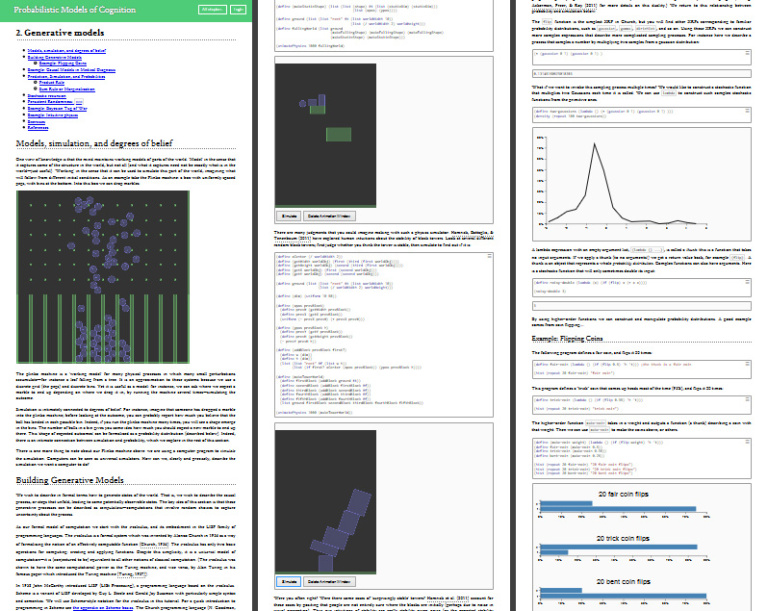
Probabilistic Models of Cognition. A book exploring cognitive science which models learning and reasoning as inference in complex probabilistic models. Paradigms are visually modeled through a programming language called Church, with which the reader-users can play and experiment running the programs directly in the browser. N. D. Goodman and J. B. Tenenbaum (electronic). Probabilistic Models of Cognition. from http://probmods.org.However, such deadlocks in generative models are anticipated. If intelligent behaviors can be modeled through computational processes, there is a long list of cognitive biases which can be maneuvered. There is an even longer, aggregating list of foreseeable bugs that would come along in order to eliminate intangible dogmas and irrelevant inferences. This hinges to a generative uber-model, an utopian bugless and balanced mind, capable to escape from the cognitive pitfalls of the human mind.
Functional generative uber-models, sterling and supreme, the crème de la crème of all human minds, like wannabe’s but buggies QT1 and Bomb#20, enter into a weird race of mastering the -ever mutable- golden ratios of human mental states. For now, what is at hand is merely a bunch of supercoded, adroit but deterministic, lucent simulators, ample to be packed inside the chinese room. When John Searle challenged the claim that computers could -with the right inputs and outputs- have a mind in exactly the same sense as human beings, he coined the chinese room, a speculative device which would mark the deliberation on the difference between simulating a mind and actually embodying one.
Either way, there is a difference between bugs which are imminent in operations and those which occur during cognitive processes. In the first case, the outcomes are jammed, poor performances, whereas bugs of cognitive processes can become themselves the driving mechanisms for more cognitive processes to come: generating more inferences and leveling up the possibilities of perception.
A vivid example of both, prolific and deadlock bugs is german author Paul Sheerbart. Together with the long-lasting, impossible quest for the creation of automata, there was also the passionate and utopian challenge for the creation of perpetual motion machines. In the turn of the 19th century, Scheerbart recorded his attempts and failures in a sarcastic and visionary memoir, his masterplan for materializing a universal perpetual motion machine. Fail after fail in putting the machine together, Scheerbart kept unfolding a whimsical reverie, which became for him the true objective of the process. ‘Eventually, Scheerbart uses failure as a route to revelation, and revelation as an engine for belief in infinite creativity.’
‘…And then the most interesting period started. All of a sudden, I realized the endless combinations I had. Where I was seeing for so long only empty walls, I suddenly saw a multitude of open doors and windows and new perspectives everywhere –I found myself inside the most magnificent parkland.‘
A vast parkland full of paradoxes and subversions, lurking inside our generative models. Scheerbart’s self-indulgent musings reveal the eminence of our alleged cognitive gaps: paradoxes become the loopholes of our mental faculties, a means of genesis, of outpouring radical imagination -The creative presupposition of our whole consciousness.
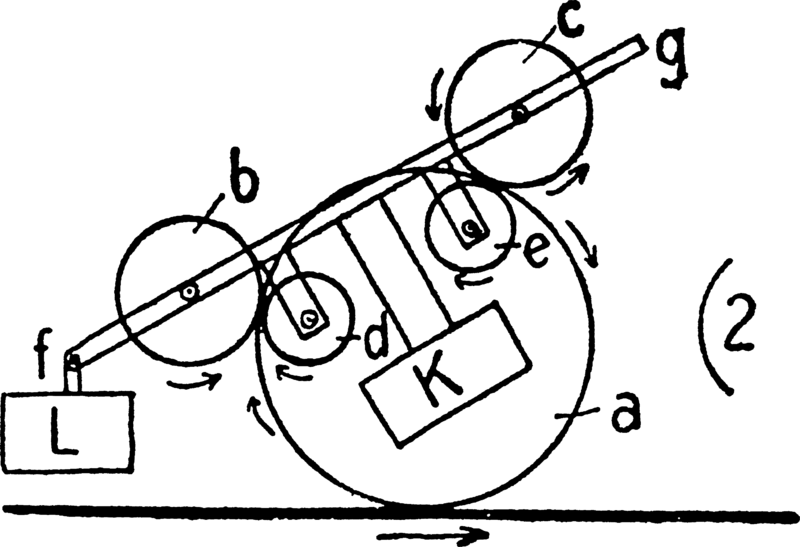
Paul Scheerbart, Das Perpetuum Mobile – Die Geschichte einer Erfindung, 1910 -An early draft of Scheerbart’s efforts to create the marvelous, self-sufficient machineHomage. A fellow experimentist, bugging along and fulfilling Scheerbart’s vision. Recreated and animated in Phun, a sandbox program -2D physics engine. “Phun” is a combination of “physics” and “fun“, and the built-in programming language is called thyme.
-
the night of space – machine wilderness as conceptual soundscapes
Night shades the northeast coast of america, mid60’s. The new highway runs its trail through the flat desert, still unfinished to host traffic, rimmed by cresthills in the horizon. The car was driving on the desolated route to New Brunswick among a landscape of towers, smokestacks and winking lights.
A real scenery unfolding as an escapist machine wilderness, a term coined by cultural geographer Ronald Horvath in the same decade to describe the impact of the automobile on the western vast landscapes. The experience of this nighttime road-trip belongs nevertheless to artist Tony Smith, a poetical expression of the uncanny feelings that emerged as he drove together with three of his students on the New Jersey turnpike. Eventually, his memoir worked out as a fond introduction to minimal art:
“This drive was a revealing experience. The road and much of the landscape was artificial, and yet it couldn’t be called a work of art. It did something for me that art has never done. It seemed that there was a reality there which had not had any expression in art.”
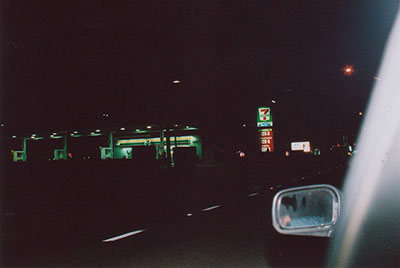
7 Eleven, Image by Joshua D. WhiteWhere could this unfilled reality locate its external expressions? Smith contextualized a latent -until that time- art theory, able to expand the conceptual landscape of art. The drift on meditations upon arts’ unused potentials could cite Nelson Goodman’s musings on Ways of Worldmaking (1978), who tried to commend on the processes of world-building: “Actually, I am concerned more with certain relationships among worlds than with how or whether particular worlds are made from others”. His subtle remark captures a prominent problem between the different worlds, namely how worlds interact displaying various levels of existence, from the mere tangible reality-worlds to the utmost tacit and solitary imaginative worlds. More or less, the mere volume of worlds are acts of visualization distinguished in a scale from being restricted or entirely private, up to being collective and widespread. “There is another world, but it is in this one” said once poet Paul Éluard, releasing his surrealist fictions.

Untitled, Image by Joshua D. WhiteThe ambience of Smith’s tour had evoked to him and to his later audience unknown impressions, which reside also in a realm of existence beyond physical experience. However, Smith’s whimsical nightscape is not being perceived in a pure visual or imaginative sense. There is a distinct aural perspective in this experience, linked naturally to the physical world, yet at the same time it feels remote from it. The sonic regime is scattered over the landscape like a granulated veil, unseeable but palpable. This urban but rather rare soundscape of the vacant highway is a world able to superimpose organic quality upon other worlds, a space of invisible vibrations that vanish and arise beyond sight and inside of time and space.
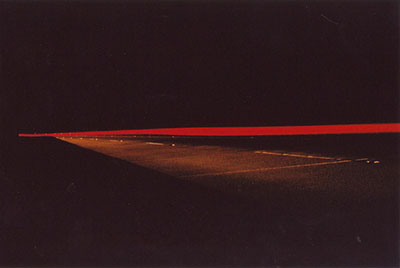
Lonely Highway, Image by Joshua D. White -
Limits of Utopia in outer space: Sci-fi representations of contemporary audiovisual art
“Oh, hell! I can’t sleep!”
“Neither can I! But I might as well try — as a matter of principle.”
Twelve hours later, sleep was still just that — a matter of principle, unattainable in practice.
The storm had arrived ahead of schedule, and Donovan’s florid face drained of blood as he pointed a shaking finger. Powell, stubble-jawed and dry-lipped, stared out the port and pulled desperately at his mustache.
Under other circumstances, it might have been a beautiful sight. The stream of high-speed electrons impinging upon the energy beam fluoresced into ultra-spicules of intense light. The beam stretched out into shrinking nothingness, a-glitter with dancing shining motes.Isaac Asimov, I robot
Powell and Donovan were at the Solar Station No. 5 where Earth could be recognized only as a very bright spot in the sky, waiting in great anxiety the outcome of the space storm that could put off track the Beamset-machine with the tragic consequence to bump and turn the Earth into incandescent pieces.
Many visionaries of science fiction in the middle of the last century have been dating the first space voyages of humanity in this decade. Outer space in the present belonged in advance to the people as a place of a new everydayness. However, the expectations have already been disproved. The relationship between humans and space is still in its infancy, limited mainly in cases of repair and maintenance of artificial satellites which tour in close orbit around earth. Longer space missions planned within the solar system aren’t manned, while robot-machines that accompany them have little to do with the glazed humanoids, which obey with the help of their positronic brains to the Three Robotic Laws of Isaac Asimov.
However, the improved observation and tracing tools of space provide attractive visual, sonic and scientific views to the contemporary sci-fi imaginary -which is more or less abound but at the same time gradually and despondently cut off from its realization. Outer space does no longer belong in advance to the people; it has already been occupied by corporations and simultaneously it’s operating as the primary platform for global militaristic plans.
With no effective access to outer space and no prospect in the near future of a democratized opportunity for contact, the contemporary collective imagination contains de-dramatized utopian projections.
The emerging sci-fi artistic production follows its own utopian traces. A variety of art-projects may evoke internalized experiences that refer to fiction worlds or create exotic representations inspired by the sci-fi thematic legacy.
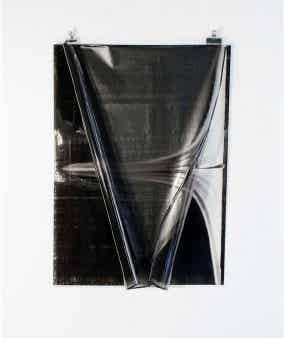
Sam Burford “Curling Over Self” (Timelapse photographic detail of the opening shot from Star Wars IV, 2010)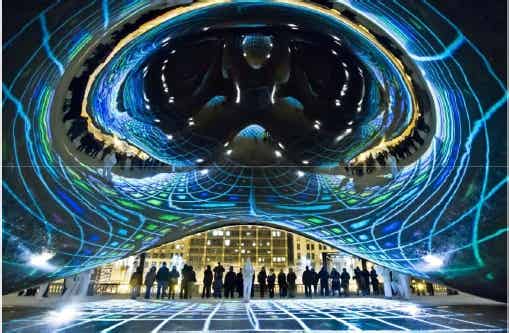
Arish Kapoor “Cloud Gate” & Luftwerk: “Luminous Field” (interactive video design with sound at Chicago’s Millennium Park. Opening Feb. 10, 2012) photographer: Natasha JelezkinaSci-fi artworks related to outer space are still not able to become reality. Although astronomical observatories gather an increasing number of images and informations of the universe topology, a more experiential contact with outer space is still, well, science fiction.
The new artistic production with outer space references creates new forms of fiction narratives based on older and contemporary sci-fi art and literature. The impossibility of space sci-fi to be fulfilled as reality opens the way to mythical imagination and archetypal symbols, in which a type of energetic power is sought to bring a meaning to the artwork and to repulse its obliterated materialization.
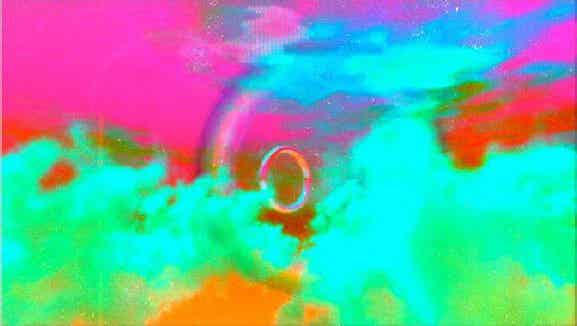
Yoshi Sodeoka “Universe/ Calibration” (Piece from an ongoing psychedelic/ambient video project, Sibyl 2012)In “Sibyl”, a video-project in progress, Yoshi Sodeoka is inspired by ancient Greek mythology, shamanic rituals and progressive rock albums of the ’70s for a narrative visualization of the universal calibration. Metaphysical philosophy and mystical states are being filtered through a new perspective, which suggests future visions or an alternative perception of the present. The switching images in Yoshi Sodeoka’s video create an epileptic mood, a situation of an almost hypnotized observation that may bring the viewer closer to a universal, integrated experience.
The non-embodied experiences of psychedelic interfaces are enclosed within the limits of a personal experienced reality, no matter how transcendentally they may be transferred. However, there are initiatives that try in a systematic way to transgress the limits of utopia in the artistic praxis concerned with space technology and outer space exploration. “The Arts Catalyst” is a London-based organization which promotes artistic activities in new contexts, where art can interact with outer space and technology applications. Founder and director of the organization Nicola Triscott also led the creation of the committee ITACCUS in 2008 (Technical Activities Committee for the Cultural Utilization of Space). The committee seeks to promote and facilitate innovative ideas for the utilization of space (data, systems, applications) by cultural institutions and the broader faculty of humanities. “Kosmica”, the recently supported project of the Committee, is being set up as a number of conferences and art-space programmes that seek to bring forth alternative and cultural ideas about space. The Kosmica conference in Paris which took place on March 11th 2012 focused on artists working with satellites.
The projects are inspiring, but still create merely poetical and critical work about our role in space. The difficulties in the connection of art and technology regarding space require an extensive mobilization of the various competent institutions which will welcome and support such initiatives. This collaboration is as far at an early stage and an adequate number of promoted artistic operations remain in poetic simulations, inspired by fiction and historical narratives of the past, but nevertheless with innovative references.
For the project “Moon Goose Analogue”, artist Agnes Meyer-Brandis nurtures and instructs 11 geese in an analogue lunar-simulation/exhibition station until the moment the geese will be ready to migrate, carrying her to the moon. The idea is based on the 17th century book “The Man in the Moone” of English bishop Francis Godwin. Godwin composed the fiction while referring to some of the groundbreaking scientific theories of his time as Galileo, Kepler and Copernicus. Agnes Meyer-Brandis recreates this intriguing story of the Christian clergyman which is paradoxical considered as the first literary work of science fiction, linking the scientific observations of her project with the reformation of the literary narrative into an artistic installation.
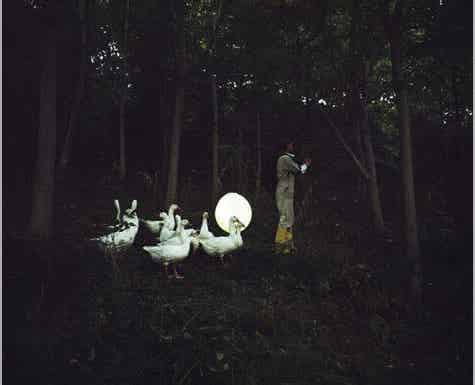
Agnes Meyer-Brandis “Mobile Moon Training, The Moon Goose Colony” 2011, VG-Bildkunst 2011/12, photographer: Tamara LorenzAlthough it is easy to be criticized as a utopian stalemate, artistic expressions of that kind offer an alternative narrative to the contemporary collective imaginary against the present relentless technocracy, pointing at the space’s broad conversion by economic mechanisms that ignore the social pleasures and benefits of an alternative development.
The new production of sci-fi artworks brings a reconsideration of outer space, a creative effort in order to recall the social interest which has been lost after the Cold War among the U.S. and the Soviet space missions. With a reversed action, this time with art reaching to technology and science, a welcoming ground is opened up to transform the uncanniness of outer space into a refuge of creative possibilities for people.
In this respect, the three-day conference entitled: “Envisioning Limits – Outer Space and the End of Utopia”, an initiative of the Free University of Berlin in April 2012, does not announce a regressive turn, but rather a coherent scientific and cultural alliance that is gaining supporters for the promotion of space art and participation, balancing between the possible impractical and the practical impossible…
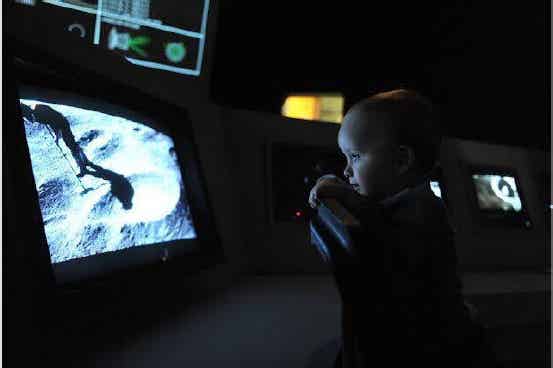
Photo of the Exhibition “Republic of the Moon” (FACT-London, European Touring Exhibition, 2012) photographer: Brian SlaterLinks:
http://www.samburford.com
http://www.luftwerk.ne
http://www.sodeoka.com
[http://www.artscatalyst.org/about/article/moon_goose_colony_-the_film](http://www.artscatalyst.org/about/article/moon_goose_colony-_the_film)
http://www.artscatalyst.org/experiencelearning/detail/kosmica_paris
http://www.pollinaria.org
http://www.fact.co.uk/projects/republic-of-the-moon/
http://www.geschkult.fu-berlin.de/en/e/astrofuturismus
http://www.ffur.de
http://blogs.esa.int/artscience/
